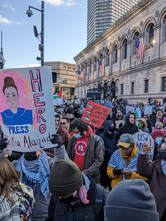 This year the theme is the system. The purpose of a system is what it does (Stafford Beer). The system produces (systemically), the institution records (systematically), and we all stroll round and round. We mourn the cultural heritage lost in Gaza and Palestine: not just the hundreds and thousands of years old religious art and architecture, but all the writers and artists who died from Israeli bombs, all the art and joy that will never be. The Museum of Jurassic Technology I cannot explain this museum to you. You simply must experience it. Take for example Geoffrey Sonnabend: Obliscence, the theory of forgetting, and the problem of matter. Is it fiction? Satire? Insanity? Formalism? I don’t know, you don’t know, and it doesn’t really matter anyway. Suffice to say, the MOJT is in the "obsessive weirdo builds out a house" genre and will change your entire perspective of what museums are, or can be. No photography allowed. Tea and birds on the roof. Fusterlandia by José Fuster You could also say that Fusterlandia is a “weirdo building out a house”, and indeed José Fuster was inspired in part by Isaiah Zagar of (last year's best art entrant) Philadelphia’s Magic Gardens. In socialist Cuba the conditions are ripe for just this kind of passion project. In Cuba, art school is free. So is medical school, engineering school, all school. A government that encourages and supports artists instead of indebting them, arresting them, or tearing down their work to build investment properties? Revolutionary! Imagine what the artists and architects of Cuba could do if the US weren’t blockading them from getting basic supplies. El Morro in Havana, Cuba El Morro is a Spanish fort at the mouth of the port, with breathtaking views of the city of Havana. It’s a perfectly nice, respectable fort, but at 9 every night they put a bunch of re-enactors in white military coats and cheap powered wigs, parade them around the grounds with drums and torches, and light off the canon. In the US this would be very cheesy and also kind of reactionary but I think the key to making this great historical re-enactment is to do it at night, with lots of fire. It was also my first night in Cuba, and I was ready to feel that revolutionary spirit. Hasta la Victoria Siempre. Wildlife Photographer of the Year at Royal Ontario Museum Impossible to pick just one. The judges did, I suppose (Laurent Ballesta for his underwater photos including a horseshoe crab). But our world is a web of ecosystems, and all these gorgeous photos of all manner of animals, plants and habitats…they’re better together than trying to set any one apart. Richard Avedon: MURALS at the Met I saw some real boring photographer-to-the-stars shows this year (which all seem to conjure only 2 ideas: “who is that/oh I recognize him” and “shame you can’t make a living [much less get famous] being a staff photographer for a legacy publication anymore”). Avedon on the other hand takes a very straightforward portrait format and interrogates all the wild contradictions of the cold war era just by standing people next to each other. All the nudie ass Factory artists directly opposite the Mission Council suits in Vietnam? Sublime. The Vietnamese sex workers with oblivious American GIs? Scathing. Museum of Wood Art, Philadelphia PA The Corning Museum of Glass, Corning NY Two museums about medium, both alike in dignity, but that’s where the similarities end. Museum of Wood art is tiny, scrappy, and free to the public. Corning is a massive institution, highly commercialized, and industry-funded. Both support amazing craftspeople, and showcase a wide range of breathtaking works. May museums of a thousand mediums bloom. I’m rooting for the Neon Art movement next. Angel of the Citadel - Horse and Rider - Town's Guardian Angel by Marino Marini at The Getty Location, location, location. Anywhere else (say, the white walls of a photo studio) this is a cute, whimsical piece making fun of overwrought equestrian statues (and Appeal to the Great Spirit specifically). But perched on top of the Getty Center, arms spread and dick out, this little guy gives a giant fuck you to all of Los Angeles, and that’s beautiful. Honorable Mentions Metropolis II by Chris Burden at LAMCA Central Meridien (The Garage) by Michael C. McMilllen at LACMA Collective Suicide by David Alfaro Sisquieros at MoMA Dishonorable mention: The worst museum I saw this year
Academy Museum of Motion Pictures I saw 9 museums on my whirlwind tour of Los Angeles, many of them phenomenal (Jurassic Technology, MOCA LA, The Getty), some of them obscene (the Broad), but the only one that was straight bad was the Academy Museum of Motion Pictures. Given the massive, rich cultural history of cinema, and the unparalleled access to elite auteurs and rarefied objects you’d think they could come up with some meaningful exhibitions. Instead, we get a museum designed by committee to be vacuous. Interpretation? Never heard of her. Here’s a clip show on very large screens, and a red carpet you’re literally not allowed to walk on. They should sell $10 tickets for their balcony view and forget the rest.
0 Comments
I started out thinking I didn’t have a neat theme for this year in art. Then I realized that the theme is about who gets to make art, and who doesn’t. Who pours their labor into their art only to see it sold out or destroyed, and who gets the privilege of a museum show and an artistic career. Isaiah Zagar: Philadelphia’s Magic Gardens Much like The Throne of the Third Heaven of the Nation’s Millennial General Assembly at Hear Me Now: The Black Potters of Old Edgefield, South Carolina (Met) I am not one to be blown away by a pottery show. I also propose that anyone who says they are not blown away by this pottery show is either lying or incapable of enjoying noncommercial art. David Drake’s pottery and poetry speak so loud and clear that you can hear them across the centuries. I wonder where is all my relation Friendship to all—and every nation Dave brings us a different story of slavery: a plentiful material culture by a joyous artist and craftsman. This is what they took from us. Imagine all the Daves who couldn’t write, or who never got a chance to throw clay. Marc Swanson: A Memorial to Ice at the Dead Deer Disco (MassMOCA) There was a surfeit of unnecessarily large and unstructured sculpture at MassMOCA this December. Dead Deer Disco was not one of them. The aesthetics were impeccable, the sculptures just provocative and uncanny enough, and both galleries formed a cohesive and breathtaking experience. The lighting designer should receive an award and a raise for this masterpiece. kelli rae adams: Forever in Your Debt (MassMOCA) This summer, after a lot of pointless delay, the Biden administration announced that yes, they would forgive a piddling amount of student debt, in the typical means-tested and bureaucratic way that renders it even more symbolic than usual. They immediately backed down as soon as republicans threatened to sue. Adams won’t get her 10K anytime soon, but I hope this exhibition of several hundred handcrafted bowls meant to be filled with ~$40 in change will help. Then you think about it a minute longer and realize that with the $40 in labor costs to hand throw each bowl, she’s only breaking even. Still, you have to respect the hustle. Turner’s Modern World (MFA Boston) Was there a thesis to this exhibition? Probably. Something something changing times, modernity, industry, etc. Point is he’s one of the best to do it, and the Tate is happy to tour him out, so for that I’m thankful. Dana Chandler, Jr.: Fred Hampton’s Door 2 (MFA Boston) Fred Hampton’s door looks colorful, inviting, even festive, until you get up close. If reading the name doesn’t get it for you then the bullet holes do. “You can murder a liberator, but you can’t murder liberation.” Rosamund Purcell: Nature Stands Aside (Addison Gallery of American Art) We got the behind the scenes tour of this massive retrospective from curator Gordon Wilkins, and thank god Purcell talked her way in to some behind the scenes taxidermy photography action at Harvard back in the day, because it launched a compelling career of bizarre, gothic (maybe even goth) art. Laurie Anderson: Chalkroom (MassMOCA) Welcome to the neon and black lit future the movies all assured us was coming. We didn’t get to try the virtual reality but it’s probably for the best. Let’s just enjoy the future the way we want to see it. 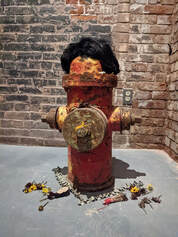 Honorable mentions: Lily Cox-Richard fire hydrant (MassMOCA) Real Photo Postcards (MFA Boston) Guadalupe Maravilla: Luz y fuerza (MoMA) I can’t say I was feeling particularly optimistic about the world when I wrote the best art entry for 2019. But we were sweet summer children then, one and all. After the great bounty of art I saw that year, I didn’t go to any museum from March until I saw the Basquiat show at the MFA in October 2020, less than a week after I was laid off from my museum job of 7 years via zoom call. I don't think any reader will disagree that we can call 2020 a loss. In 2021 the major “art” “news” was all about NFTs, a fitting metonymy for a capitalist death cult society where the only thing we can produce is planet-killing emissions and shareholder value full of sound and fury signifying nothing. NFTs are a scam, as we wrote in April, and frankly it is appalling that we still have to hear about them. Anyway, I did see some art this year and I do maintain that art remains important to enjoy and talk about so here we go. Oscar Muñoz at Phoenix Art Museum This was a huge retrospective in a vast array of media and there was not a single dud in the entire exhibition. Being able to make poignant and meaningful art about abstract concepts like ephemerality, loss, and memory is hard enough, and it’s easy to be maudlin or heavy handed with death metaphors. Instead Muñoz makes interactive disintegrating newspapers and framed family pictures superimposed with video reflections feel like rediscovery, not loss. We could all use a bit of optimism these days. One smaller piece (“Aliento [Breath]”) invited you to blow on reflective steel disks to reveal small portraits—this is a 1995 work for which COVID wildly raises the stakes. I’ve long said that art should be more dangerous. Also, it is a notable achievement to make a black box that I personally find compelling or worthwhile (the last one was Love is the Message/The Message is Death by Arthur Jafa) and Muñoz made not one but TWO that blew me away, like the dissolving portraits that featured in both. Barbara Kruger: Thinking of You. I Mean Me. I Mean You at the Art Institute of Chicago I would never have expected a boomer artist to be able to tap the zeitgeist over four entire decades but Kruger shows that she does in fact understand both the materialistic 80s of pop art and the heavily ironic meme-ification of the internet age. You know what you’re getting: big fat Futura words and iconic repurposed images. Go forth. Let there be light by Yayoi Kusama at Phoenix Art Museum There’s a particular kind of critic who loves to bitch about art that is popular and commodified without any awareness of why such things happen in the art world. They are short sighted and wrong. The point is, Infinity Rooms are fun, and the lit up ones are particularly aesthetically pleasing, and if I post some selfies of me in an aesthetically pleasing setting then that’s simply what we’ve got going for us these days. Even if I paid too much or waited too long for the privilege (neither of which I did here). As an aside, here’s a special fuck you to art critic Blake Gopnik for his elitist nonsense article from March 2021 about how he likes standing in front of paintings in empty galleries, that pandemic restrictions keeping the hoi polloi out of the building is the way art “should be.” Imagine being paid to think about art and say that art is best when only the rich have the time and money to afford it. Imagine thinking a world where museum attendance is super low, museums are shuttered, and thousands of museum workers have been laid off is somehow *good* for art. Then again if what you like about art is the privilege and cachet it gives you in this world then that makes sense. Annunciation by Jay Defeo at the Art Institute of Chicago That’s my type: a large gothic abstract painting with an Anselm Kiefer feel to it. No notes. In 2021 I did also participate in a work of art (which I should mention even if it is not in consideration for one of the best arts I saw this year), Krzysztof Wodiczko: Portrait. In it you can hear me saying wild socialist things like “capitalism isn’t working because 500,000 people have died from COVID in this country” – a statistic that was shockingly outdated on the low end even by the time the exhibition opened 4 months after filming – while my face is projected on top of one of three Gilbert Stuart George Washington portraits. You can catch it at Harvard Art Museum through April 17th 2022.
2019 was another nadir year in western civilization, but I am again pleased to announce that art and artists keep trucking along. Alas, I was not at Art Basel, and so I did not see Maurizio Cattelan’s Duct Tape Banana, the viral art and tax shelter that most epitomizes 2019. Nor did I have the opportunity to release my bowels in his golden toilet, forthwith stolen from Blenheim Palace. I also probably should have gone to the Tate Modern and seen Olafur Eliasson but the thing is, there is only so much time in a day. This year I broke what I’m sure is a personal record, and visited 28 museums in 3 countries. From old favorites like the Rijks and the National Gallery (both US and UK) to new adventures like the World Erotic Art Museum in Miami Beach*, here is the best art I saw in 2019. Marx’s grave, Highgate Cemetery, London On the 14th of March, at a quarter to three in the afternoon, the greatest living thinker ceased to think […] Marx was before all else a revolutionist. His real mission in life was to contribute, in one way or another, to the overthrow of capitalist society and of the state institutions which it had brought into being, to contribute to the liberation of the modern proletariat, which he was the first to make conscious of its own position and its needs, conscious of the conditions of its emancipation. […] And, consequently, Marx was the best hated and most calumniated man of his time. Governments, both absolutist and republican, deported him from their territories. Bourgeois, whether conservative or ultra-democratic, vied with one another in heaping slanders upon him. All this he brushed aside as though it were a cobweb, ignoring it, answering only when extreme necessity compelled him. And he died beloved, revered and mourned by millions of revolutionary fellow workers -- from the mines of Siberia to California, in all parts of Europe and America -- and I make bold to say that, though he may have had many opponents, he had hardly one personal enemy. His name will endure through the ages, and so also will his work. - Frederick Engels, 1883 Floating to the Surface by Kayla Swift and The Fallen by Drake Buffington at MOPA, San Diego Both of these photographers are just 17 years old but they nailed it. I could look at these photos for hours. Swift’s for being a surreal, floating fantasy, Buffington’s for being a laser cutting of Modern Life: 2019. The Birmingham Project by Dawoud Bey at the National Gallery To commemorate the 1963 Birmingham church bombing, Bey photographs diptychs of a girl the age of the children who died, and a woman the age that child would be if she’d grown up. The concept and the context behind the camera elevate these portraits and make them incredibly meaningful. It’s really rare to be able to do that without contrivance and pretention. © 2019 Peabody Essex Museum. Photography by Mel Taing Where the Questions Live by Wes Sam-Bruce at Peabody Essex Museum Janey has outdone herself again, with another exhibition where I didn’t really understand what the art was going to be until I saw it. It’s a delightful, detailed art playland fort installation, with a lovely black box video, a moon room, tunnels to crawl in and out, and fun for the whole family. We need more art you can touch all over. Hyman Bloom: Matters of Life and Death at MFA Boston This show snuck in just under the wire, but when I saw it on December 28 it was obvious it had to be in my best art list, in part because I overheard a woman say “It’s disturbing. Let’s see something else,” and when’s the last time you heard that at a painting show? Finis Gloria Mundi by Juan de Valdés Leal at the Rijksmuseum Speaking of disturbing paintings, this apparently lives with its pair (Ictu Oculi, a painting of a skeleton with a treasure horde), at Hospital de la Caridad in Seville. I personally would not like to see extremely baroque paintings of death at a hospital, but in Velázquez, Rembrandt it was a real attention-grabber, even among so many other old masters. The decaying corpse of the pope is extremely metal, and the composition makes this a compelling visual of a trite moral. You cannot, in fact, take it with you. Between Worlds: The Art of Bill Traylor at Smithsonian American Art Museum Bill Traylor was what sometimes is called an Outsider Artist. He was born a slave and died a pauper, lived on the streets, and died having sold a grand total of one painting. The capital A Art World is not equipped to do justice to what Traylor was putting into this world but SAAM did its level best. Do I need formal museum trappings to make Traylor’s bright yellow, flat and misshapen chickens fun to look at? I hope not. He didn’t ask anyone’s permission or validation: he just made a lot of art that he wanted to make, and that’s beautiful. Sidebar to all those private collectors who put “No Photography” restrictions on the Traylor works you own so that no one might accidentally enjoy a copy of one of his works unauthorized, considering especially they are works for which you paid more money than the artist ever had in his lifetime: Fuck you. The Throne of the Third Heaven of the Nation’s Millennial General Assembly by James Hampton at Smithsonian American Art Museum Ok this is an insane thing to spend thousands of hours of your life doing: putting foil on found objects and making a roomful of sculptures loosely based on scripture. But at least dude had something to show for it, whereas I’ve spent at least that much time reading goddamn Twitter. And now his work is on display at SAAM. Well done, James. Graciela Iturbide’s Mexico at MFA Boston Gorgeous pictures of everyday Mexicans, gorgeous pictures of Frida Kahlo’s rooms after she died. Every scene made me desperate to know more. I don’t often remember photo shows but this is one name I’ll retain for sure. Misbehaving Bodies participation art at the Wellcome Collection The Jo Spence/Oreet Ashery exhibit itself was a bit of a mess in that way that (love it or hate it) experimental art often is. Instead, I want to talk about the public participatory art that was happening when I saw the show on a random Saturday in November. Visitors are invited to write/draw/color on cutouts shaped like body parts, on a prompt from the show’s title, then hang them en masse. It was powerful, intimate, and an overwhelming body (intended) of work all at once, and this is in a country with universal healthcare. Indeed, the body problem is universal. This year Wellcome emerged as a vanguard of the future of museum interpretation. Everything they put on those walls—objects and text—was done with such care and attention to making an inclusive and rich experience that treats their audiences as equals, not subjects. Let us all look to their example in the shows we make from here on out. Bugz + Drugs by Pae White at the ICA Boston I dug the maximalist show in general, but these tapestries were especially gorgeous. They’re algorithm-generated, but you’d never be able to tell. Kū at Peabody Essex Museum Kū has been sleeping since I’ve been at PEM. Like many of our best and coolest objects, I’d seen photos of him over and over, but now I can see the real thing in our new building galleries. Everyone come on up to Salem and bask in His glory on the second floor balcony. Honorable mentions: Lavaughan Jenkins at ICA Boston Encountering the Buddha: Art and Practice Across Asia at Freer Sackler Resound: Ancient Bells of China at Freer Sackler (great interactives for a really dry subject) Banana Bloc band at PDX anti-fascist action Paola Pivi: Art with a View at Bass Museum (feather boa bears) * The World Erotic Art Museum had some very high level art in it, for sure, but really the art was the entire existence of this unaccredited museum, with a visibly leaking ceiling in a room with many prints, tapestries nailed to the wall, a glade plug-in exuding eau de suburbs, and an unlocked fire extinguisher hanging mere feet from a bawdy Rembrandt print. It was absolutely wild Spoilers, obviously.
I’m sure there’s some concept in the 17th chapter of Capital or whatever that describes how capitalism inevitably mashes all art into pink slime so that it slides more quickly down the conveyor belt that turns intellectual property into money, but the editorial calendar under the Game of Thrones Content cottage industry is as merciless as Daenerys Targaryen torching Kings Landing, so you’ll have to imagine I opened with it. One of the myriad problems with the late seasons of Game of Thrones is that we don’t even get to enjoy a bog-standard chicken nugget in the end. Instead, the powers that be sacked all the writers, scribbled a call list on the back of a napkin, and sent the inglorious result down to special effects to let them pad out the rest of the season. Why build a narrative arc when you can just CGI a dragon and set a lot of things on fire? Anyway, ever since the TV show surpassed the content of the books, the whole narrative has been so bad that the only pleasure I can derive is to use it as an exercise. How could it have gone better? Let me count the ways. GRRM has long since abdicated his creative control to enjoy a life of fabulous wealth and fawning convention fans, but it is well-documented that the did tell Benioff and Weiss how the series ends (if not how to get there). If we accept the following premises as GRRM’s stated ending:
Here are five better ways for the last two episodes to go. Crouching Dragon Hidden Crossbow At the Kings Landing gate, Missandrei says dracarys as her last word, and Dany is so enraged by her death and the revelation that Jon Snow betrayed her that she immediately strafes the city wall and continues on to the castle. Cersei, atop the red keep, watches the dragon flying toward her, then at the last minute before it breathes fire all over her spot, steps aside to reveal a giant crossbow behind her. Drogon gets an arrow to the eyeball, goes down hard, and wrecks a large swath of Down Under the Red Keep Overpass. Trapped behind enemy lines with only a wounded dragon for protection, Dany keeps telling Drogon to spit fire in all directions. Lots of civvie casualties, even some kids if you want, while the retinue of Unsullied try to penetrate the city to get to her. Drogon rallies and finally manages to take off. Except now he has no depth perception so it’s a bumpy ride. Army from the North shows up, just a tad late because lol there’s no travel time this season. Jon, never one to do anything but run directly at an enemy, takes them through the hole in the city wall. The Golden Company, being not complete idiots, have shed their uniforms and start urban guerilla warfare. Northmen and unsullied, after taking some early casualties to soldiers popping out of vegetable stalls and upstairs apartments, get paranoid that everyone is Golden Company, and go My Lai massacre with a side of William Tecumseh Sherman and march to the sea, leaving even more horrifically dead civilians in their path. Arya can be caught on the wrong side of this if we still need a war is hell revelation. Whomever you want kills Cersei on her way out the back door, and Dany takes the Iron Throne. She subjugates the shit out of everyone but remains restless and unfulfilled. Someone (maybe Bronn, or War Is Hell Arya) comes upon the partially blinded dragon recuperating in the hillside or dungeons under the red keep and stabs or crossbows it from its blind side. Without her last dragon, Dany loses the tenuous support of the Northmen. While Jon is standing around with his mouth open, the Northmen rebel against Dany, open the gates and let in the pissed off Kings Landing citizens. Either the mob kills her there or Jack Ruby extrajudicially assassinates her on her perp walk. Tyrion drags Jon to the Iron Throne and tells him to sit his dumb ass down and shut up. Fuck This, I’m Out After Jon declines to deep dick Dany—thoroughly in character because Jon Snow is nothing if not narcissistically devoted to the idea of himself as an honorable person, even when the stakes are telling one white lie to the most dishonest enemy you have or the extinction of the entire human race—she realizes that no one in Westeros will ever love her, they will only fear her. (And that everyone that claims to love her will betray her). If she can’t have the Iron Throne, let Jon Dumbfucking Snow be king of ashes. She burns the entire ungrateful city and fucks off back across the Wide Sargasso Sea. Deja Vu All Over Again The penultimate episode is a race to see who will get to Cersei first, Arya or Jamie. Jaime can still get captured trying to cross the lines, and Tyrion can still release him, but instead he gets to the city in time to maybe actually do something. Jaime sneaks Cersei out the back door, probably only once she realizes all is definitely lost. Arya arrives just in time to see that she’s missed her chance to finish her to do list. Dany torches Kings Landing per usual, not quite as My Lai as previously stated, but once she’s on the throne she rules those ungrateful Westerosi with an iron hand that Jon has no hope of tempering. She marries him to keep him around as a figurehead/sex slave and crushes all dissenters before they have a chance to break out into rebellion. The Lannister twins make it to Braavos or wherever, and safely raise their incest baby in exile. 20 years later, that baby is mad pissed about losing his rightful place on the throne, and begins his quest to go take it back. The Ciiiiircle of Life. Arya can assassinate one or both of his parents along the way for an added Batman level of motivation against house Starkgaryen. Just Die Already Dany kills Jon because she’s furious that he betrayed her, and jealous that the Westerosi like him more despite the fact that he is the most useless dumbass in the Seven Kingdoms. It’s his fault two of her dragons are dead, and he explicitly disobeyed her to blab about his dad to everyone. No doubt about it: Jon Snow got to go. Maybe she tries to make it look an accident and fails, or maybe she just straight shoves him out her non-OSHA complaint boardroom balcony. Either way the Northmen get wind of it and predictably turn on her. She tries to take Kings’ Landing with basically just one dragon and a few Unsullied/Dothraki, but without a support army there’s no way she can occupy a city of that size. Arya assassinates her in revenge for her brother’s death. (OK I realize this doesn’t meet the criteria of Jon Ends Up on the Throne but fuck that guy, I hate him so much.) Siege You Later Tyrion convinces Dany not to blow her wad with a frontal assault just yet. They have a regular fucking siege but with the caveat that Dany says for each day they don’t surrender she will start torching neighborhoods. (Dany thinks that the people will turn against the evil queen that is sacrificing their lives, with a “look what you made me do” mad king vibe. She can even roof knock thinking it’s somehow less evil to give them a little heads up before she obliterates an entire neighborhood.) The Northmen are real pissy about sieging, the Kings Landingites are mad about the civvie massacres and infrastructure damage. Someone gets an itchy trigger finger and fighting breaks out. Dany takes the city easily. The siege had gone on long enough that Cersei’s baby has just been born. Cersei dies (maybe in childbirth, maybe in the fighting, maybe by Arya) and now they have to make a decision what to do with the baby. Dany wants to kill him, John doesn’t. Either Dany does have the baby killed or Jon gets Tyrion to help him fake the death and smuggle the baby out, but either way Jon is really horrified by Dany’s Machiavellian cruelty. BONUS: Massive proletarian uprising Self-explanatory. (This is also wholly unearned but it would be an incredible break from the zeitgeist.) I just realized that I didn’t write any endings in which Bran has any effect on the action. Oh well, keep on creepin’ on, ya weirdo. I’ll see you all this Sunday, when we’ll find out how this actually ends, and our long national nightmare will finally be over. This year it has again been my privilege to go to no fewer than eighteen museums (getting into most of them for free on my employee badge) and see a great many amazing, provocative, and interesting works of art. While the auction market bloats and rots, while the Salvator Mundi is missing in action, while the Smithsonians and National Gallery are shut down with the rest of the federal government due to blatant corruption and white supremacy at all levels of our politics, I am pleased to report that art—at the human level, at the base of creation and critique—marches on. May we do everything we can to make sure it continues this year, and for a thousand years to come Fog x Flo on the Emerald Necklace Fog x Flo is a cloud, and you’re in it, frolicking, then it rolls away across the field. I haven’t seen anything this delightful made with nature since From Here To Ear (birds playing guitars). Smart idea to have all the dances and theater events in the parks, incorporating fog, but I never quite managed to truck myself all the way to JP for any of those. Next time. 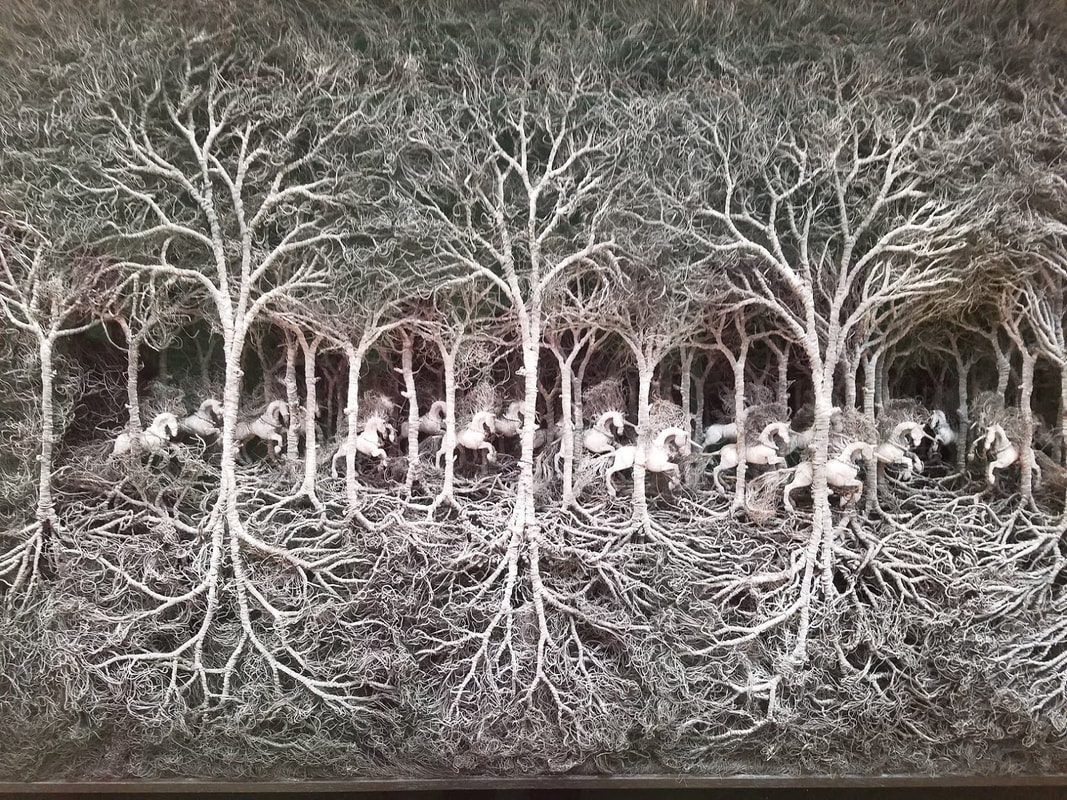 The Royal Academy Summer Show 2018 The Royal Academy summer show is relentless. It is a tsunami of art that sweeps you away with its mass and depth. After seeing 1,351 works, I did not think it was possible to look at any more art. The good news is the RA Summer Show really gives you hope for the state of the art world. Outside the rotten capitalist auction market, today’s artists are still trucking along, making all manner of beautiful, insightful, or just plain technically interesting pieces. I was surprised and delighted by how hilarious a lot of those works were: a sculpted nose poking through a blank canvas, a life size rampant bear taxidermy made of paisley rug, a whirligig that flaps a British flag back and forth with abandon. Irony is a hard sell these days but humor is, I am pleased to report, not dead. The guest curators of this show (responsible for one room apiece) didn’t take themselves so fucking seriously, so a bright yellow wall it was. I was surprised that I could pick a single best piece out of so much outstanding work, but it was no contest: Refuge by Cathy de Monchaux, an intricate wire fantasy forest of carousel horses. There was a Kiefer and a Kapoor there too but who even cares? Great art over great names, I say. The Fact of Matter rings from William Forsythe’s Choreographic Objects at the ICA I’ve long been a proponent of art with risk. If you truly want art to be interactive, you have to let the people interact with it, not proscribe every move. Damn the actuaries; let the people play on the rings! Colored Sculpture by Jordan Wolfson at Tate Modern My former coworker showed me a YouTube video of this supremely creepy art and I knew I had to see it in person. It’s a scuffed up, loosely jointed boy doll with big blue TV eyes that both look through your soul and at nothing in particular. I saw it in the basement galleries of the Tate Modern (basically industrial dungeons). The setup is a boxing ring “stage” where the “boy” is dragged and heaved around by four heavy chains on servos. No one is being tortured, and that doll is not actually looking at you. Keep telling yourself that. A Thousand Crossings by Sally Mann at PEM No snapshot nor even the meticulously produced catalog prints can do these photos justice. The depth of the printing is phenomenal, and the compositions sublime. You just want to keep looking and looking. Sally Mann’s work is proof that controversial subject matter doesn’t have to be crude to be thought-provoking. It can also be beautiful. Rembrandt: Painter as Printmaker at Denver Art Museum Look, there’s a reason everyone still loves the Old Masters four hundred years later, and it’s because they achieved technical perfection. Look at those fine details, even on the tiniest plates. Look at those expressions. Drawing is hard, engraving is hard, printing is hard, and all of these things are especially hard before you’ve even invented indoor plumbing. Thanks to Denver Art Museum for all the interpretation of the printmaking process, but more especially thanks for putting up an entire printmaking studio in which I spent several hours making traffic cone prints. The Kirkland Museum We had just left the tragically flawed Clyfford Still Museum around the corner and I was in a Mood. Mood: lifted, as soon as I saw this dense hang museum full of beautiful paintings and dec arts living together in harmony. You can see this entire museum in an hour, and still have a really broad and rich experience of many different art movements. I took so many pictures of the namesake artist’s dot paintings (I’m a sucker for circles, I know this). The Kirkland is successful in every way the Clyfford Still fails. This is how an artist-endowed institution should be: his studio and his paintings as a foundation for a rich experience of many related works along a wide spectrum of historical context and direct influences. Not a sterile paean to a singular “genius,” full of repetitive works and hamstrung by the estate into showing absolutely nothing else by any other artist. (Seriously, I haven’t seen a more tragic estate situation since the Calder estate.) All the Utopias Fell bus by Michael Oatman at Mass MoCA I might have missed the bus, perched atop a metal catwalk outside the derelict industrial Boiler House. I’m glad I didn’t, because it is, as the kids say “hwild”. Is there a word for art that is deliberately made to look like it was created by a crazy person? The interior is psychedelic, extraterrestrial, hoarderiffic journey that leaves you wondering “who is this guy?” Dragon in Clouds—Red Mutation: The version I painted myself in annoyance after Professor Nobuo Tsiju told me, “Why don’t you paint something yourself for once?” by Takashi Murakami at the MFA (Boston) Takashi Murakami’s “Lineage of Eccentrics” show was overall a mix of delightful, colorful paintings and far less interesting sculptures and anime. If the entire show had just been the 70 foot red dragon at the end, that would have been enough on its own merits. Suffice to say, I love the original Soga Shohaku piece it’s based on, and I love both monumental and high contrast art so this was going to be a win no matter what preceded it. 399 Days monumental porcelain by Rachel Kneebone at the V&A I only had a hot second at the V&A this time and I’m glad I saw this. As previously mentioned, I love monumental art, and this Kneebone managed to shine even in the Sculpture Court. The cacophony of bodies and legs is both classical and apocalyptic. There’s a definite Bosch vibe even without a lot of coherent vignettes, just the suggestion of them in the masses. Welcome to hell: fuck off, we’re full. Anselm Kiefer everywhere (including Mass MoCA, Royal Academy, SFMoMA and the Barnes) When I went to the Barnes the ticket lady apologized that there was a 4 hour wait for entry, but that was for the permanent collection, not the Kiefer/Rodin show I’d come to see. Honestly, I’ve seen so many damn Rodins in the last 3 years that I can already tell you at least half the pieces in any given Rodin show. But Kiefer is my man so in I went. Draconian photo policy meant I had to sneak the few I got but they were totally worth it. 9/10 will look at giant textural gothic romantic apocalypses until I die. One Minute Sculptures by Erwin Wurm at PEM For this piece of art you and your partner/friend/co-worker/sworn enemy stand on a platform and both put on a medium yellow sweater together. It’s an excuse to be silly, awkward, and a little intimate. Note that the artist requires the sweater to be size medium. Osage Series - View from Saddleback Ridge by Kreg Kallenberger at the MFA This is another work which is impossible to photograph (even the official MFA photographer only did marginally better), so you’ll have to take my word for it that it’s a breathtaking piece of craft art. It’s a piece of clear crystal with a beautiful mountain scene inscribed in the back, that only appears if you look from certain angles. Pretty, but also perspective and perception-bending. The high standard of skill and innovation coming out of the craft world these days is remarkable. Nice to see museums getting off their high horse and taking note. Human Pyramid (Menesske Pyramide) by Harald Engman This is a rather esoteric painting at the Wolfsonian museum in Miami Beach. A David figure with a slingshot stands defiant on top of a pyramid of all the characters of Danish history. Below the waterline, a Nazi sub lurks with all the dregs of the past. I suppose it’s not unexpected to see a painting from occupied Denmark with a strong theme of “Nazis are bad, you guys” but the whole composition is such a detailed and rich allegory, in an unusual format. I don’t know much about Danish history but I wanted to find out. Honorable mentions:
All you can eat – Holiday everyday Transcontinental Flower and bird painting, NY to OR, Rainbow, by Sang-Ah Choi at Portland Art Museum Climbing the Shadows: Invisible Ladders by Dawn DeDeaux at MassMoCA Nebulous scotch tape sculpture by Tara Donovan at the ICA The Shore by Luc Tymans at Tate Modern T. C. Cannon: At the Edge of America at PEM Untitled painting by Zao Wou-ki at Portland Art Museum In 2015 I saw the best piece of art of my entire life (Filthy Lucre, AKA Peacock Room Remix at the Freer|Sackler). At the end of the year, this inspired me to write a list of the Best Art [I Saw] Of 2015, and I've continued the tradition each new year since. This year I thought I'd make the list public. I go to a lot of museums, and this year alone I took over 1500 pictures of art I liked. I know this because Google would not let me add more than 500 to an album at one time. This list is the best of the best. 1. Nike of Samothrace I spent a solid 6 hours at the Louvre on my first trip to Paris this year. I saw so much amazing art that it was almost criminal. But Winged Victory here has long been one of my all-time favorites, and seeing it on the plinth at the top of the marble stairs was just fantastic. Epic. [no picture, it's a pitch black room y'all] 2. James Turrell blackout room at the Mattress Factory (Pleiades) When’s the last time you were disturbed by a work of art? Before this, mine was the Sagmeister poster I saw last year where his assistant carved the words into his torso. This does not even compare to the profound discomfort I felt being in that pitch black room. So simple, in that signature Turrell way, and still it was such a profound experience that I sat down in the tiny lobby afterward, pulled out my laptop, and wrote 500 words about it. Takeaway: It makes me lament that museums don’t ever let people take risks. 3. Anselm Kiefer at the Louvre (Athanor) I saw SFMoMA’s Kiefers last year and instantly fell in love with that dark, gothic, beautiful chaotic thing he does. The commissions he did for the Louvre fit in perfectly with the architecture, and manage to live up to the weight of being in That Building. Abstraction with a sense of deep history is not easy to achieve. 4. Obliteration Room by Yayoi Kusama at the Hirshhorn Whatever about the infinity mirrors (FYI the ones at the Mattress Factory are a way better experience). I rushed through the Kusama exhibit in order to spend my limited time putting dots all over white furniture and fixtures. I’m a sucker for colorful things and also circles so you can imagine my delight here. My only regret is they only give you one sheet of stickers. I legit would have spent several hours dotting up the whole spot. 5. Michelangelo at the Met The dude was good. And, it turned out, his teachers and many of his followers were good too. They don’t draw like that anymore. 6. XYZT This year at my museum we had big names like Rodin, O’Keeffe, and Hassam. But our best show is an under-the-radar hit that Janey Winchell brought to the Art and Nature Center. For months leading up to this show, I was looking at the black and white promotional photos and wondering “what is this?” It’s algorithmically generated interactive digital art, that’s what. A joyful experience all around, and not at all difficult to understand when you’re in it. I love the high contrast, the typography, the playfulness. It’s extremely fun to watch people twirling around and stomping and sweeping their hands at floating shapes. Bring the kids. 7. Farhad Moshiri at The Warhol Museum No one, seeing this show, would ever question “why is this at the Warhol Museum?” It was a sparkly, Liberace funfest of excess. Massive amounts of sequins. Found object knives impaling the walls. 8. Basquiat at Yale University Art Gallery (Diagram of the Ankle) This was the first Basquiat I’ve seen in person, and it was shortly after another of his works broke the auction record. A composition like this could easily devolve into gibberish but instead it’s a feast of wry, hilarious discoveries. I especially giggled at the art school S and the word ASS. 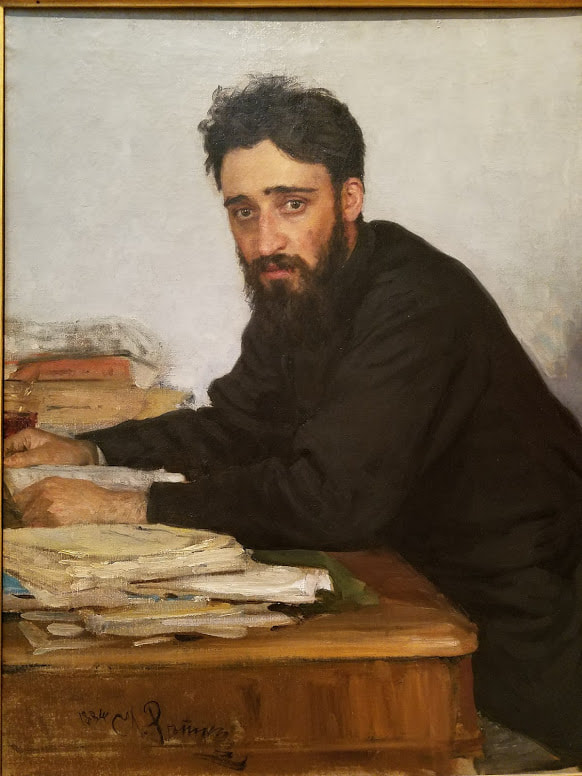 9. Vsevolod Miklhailovich Garshin by Illia Efimovich Repin
It’s easy to miss any given work in the Met’s rooms and rooms and rooms of European paintings. But poor Garshin here, he has such a human expression, I couldn't not look. (Much like the Desperate Man, which is unfortunately in a private collection so who knows if I’ll ever see it.) Garshin, a Russian author, committed suicide in 1888, but I feel like, in 2017, we all know that look of being overwhelmed with prosaic despair. [There are spoilers in this post—a lot of spoilers—for Season 7 of Game of Thrones]
While we wait for the next season of Game of Thrones, let’s do a thought experiment: think of literally one situation in which Jon Snow has shown that he is a competent leader. I’ll help you out: he managed to not be an entire dick to the refugee Wildlings, and let them through the wall to escape the White Walkers. That’s it. Time and time again, Jon Snow has displayed a stunning lack of competence in basically every area of Medieval Lordship. And yet the Nights’ Watch named him Lord Commander, and the rest of the Northmen chose him to be Lord of Winterfell and King of the North. These are impressive titles, but make no mistake, Jon Snow has failed upward at every step. He has lost battles, taken foolish and grievous risks, and gravely misjudged his enemies. Jon Snow has one tactical plan for every situation: run directly at the person, army, or undead zombie horde that is threatening him. He famously Knows Nothing. And yet, every time he fails, an incredible savior appears to bail him out of even the most dire situations. Not even death can stop his momentum. Soon he will fail his way into the Iron Throne. It is known. When Daenerys talks about breaking the wheel she is putting a name to a mechanism we should recognize well: a force that propels the vain, the incompetent, the sadistic, and the downright mad into power, all on the basis of their highborn name. That the people of Westeros think Jon is a bastard does not matter. That he is quite possibly the stupidest, least observant man in all of Westeros does not matter. The accident of his birth is the only requirement for “greatness.” With the season seven finale, the show has confirmed what the internet figured out years ago: Jon is the son of Rheagar Targaryen and Lyanna Stark. Therefore something something his blood something something rightful heir. Fate, really. Fantasy novels are the realm of fate and prophecies but the fate of the “rightful heir” is apparent and ubiquitous in real life too. Privilege is the contemporary watchword for a great range of these situations, where unimpressive men benefit far beyond their merits. Failing upward is a powerful phenomenon of a system that orders itself around men of a certain class (upper) and race (white). From sexist Silicon Valley blowhards picking up a second career on the wingut welfare speaking tour circuit to the boss’s son who parties it up in the VP office, we all know that failing upward is a true (infuriating) fact of life. The purest manifestations of this phenomenon are George W. and Jeb Bush. Turned out there was a limit to how high the Bush name and fortune could propel Jeb(!), but the principle is so sound that his claim to the throne—even in an ostensible democracy—was never at issue. If it seems natural and inevitable that Jeb Bush would run for president, we likewise find it believable and inevitable that Jon Snow will end up on the Iron Throne. Based on fan reactions, a great many people found it believable and satisfying that Jon would fail his way into Daenerys’ bed as well. This is a sad state of affairs, where we have so internalized the mechanisms of how power maintains power that we mistake foolish risk-taking as heroism, titles conferred as leadership. Let’s review the facts. In the last two episodes of season seven, Jon managed to:
Despite this series of abject failures, Jon gets bailed out every time. As of the season seven finale his fortunes are better than ever. It has been clear since the first book of the series that we are meant to root for this character, and are being set up to accept him as our better, as King of Everyone and Everything. Unlike in real life, the plot of a novel series is completely under the writers’ control. Does GRRM (and Benioff and Weiss) realize they wrote Jon to fail conspicuously upward, or is Jon’s arc a subconscious byproduct of a system that crowns these unimpressive men so consistently that we mistake privilege for leadership? I have to believe it’s the latter. Otherwise, we would have seen a wink or a nod, anything beyond Ygritte’s reductive “you know nothing” catchphrase. Sir Apropos of Nothing, this ain’t. I could be wrong. Nothing would please me more than if the final season of Game of Thrones reveals Jon Snow’s utter incompetence and provides some biting commentary on his unfitness to rule. The Dullard King is not nearly as compelling a character as the Mad King, but it would certainly be satisfying to finally see the plot armor come off GRRM’s favorite child. Alas, the way the series is going, Jon’s fate will remain decoupled from his actions, justified by his birthright instead of any discernible merits. More likely, Daenerys will die through some tragic consequences of her actions[1] and Jon will ascend the Iron Throne tripping backwards over her dead body. We’ll cry for Daenerys, we’ll cheer for Jon, and the wheel will remain unbroken, rolling ceaselessly upward on the road to the Red Keep. ----------- [1] The fate of women and how they suffer consequences of both their actions and the actions of men who do no such suffering is another huge topic we don’t have time to get into here, in a blog post mostly about how inept Jon Snow is There are these two young fish swimming along. One of them is showing the other a video on their cell phone. It’s called “This is Water.”
They happen to meet an older fish swimming the other way, who hears them watching the video, and says “Morning boys! How about that David Foster Wallace?” The two young fish swim on for a bit. The video ends, and eventually one of them looks over at the other and goes “What the hell is David Foster Wallace?” *** In 2005, David Foster Wallace gave the commencement address at Kenyon College. His speech is titled This is Water, and it covers life, death, atheism, religion, reality and perception. It seeks new meaning to clichéd attitudes toward liberal arts education. It is critical of the commencement speech genre itself. As in all of DFW’s writing, This is Water is remarkably self-aware, not only in its genre critique, but also revealing DFW’s very real and personal struggle to come to these terms about the world, and his ongoing difficulty in making the choices he’s saying are so critical. It is, quite simply, the best and most profound commencement speech that our puny consciousness could even conceive. Eight years later, just this month, The Glossary (a “fine purveyor of stimulating videograms”) released “THIS IS WATER” [1]: a 1/3 length cut of DFW’s original audio, layered over a video filled with the very trendiest of Instagram filtered images, fast cut ‘hip hop montages’, and animated typography. The video went viral, with over 4 million views in the first week. Media coverage of the “THIS IS WATER” video has been unanimously positive (insofar as “Hey, this video went viral. It’s inspiring.” is “positive,” or even “coverage”). Adweek went so far as to say the video “single-handedly resurrected the voice of troubled literary genius David Foster Wallace." [2] Let me be the first to call it out, then. According to their interview with Adweek, The Glossary’s stated intent with the video was to “spread the message to a wider audience.” The director, Matt Friedell, was particularly moved by DFW’s speech, and so his startup production company made this “passion project” on a shoestring budget. The fact that this video wasn’t made as a slick viral marketing piece for Hachette is its one redeeming quality. But make no mistake: it’s not DFW they’re promoting here. It’s themselves. “THIS IS WATER” does nothing to promote DFW and his work, because it is unrelated at best and completely antithetical at worst. What is the greatest insult to a writer’s work? To misinterpret it. To dumb it down and repackage it up as something completely different, so that the work becomes widely associated with the opposite message. It is like making a monument to Martin Luther King Jr. and inscribing upon it an abbreviated quote that makes him look self-aggrandizing. “THIS IS WATER” cuts out nearly 60% of the original This is Water speech. It cuts all of the content that critiques graduation speeches, liberal arts, and education itself. It cuts all of the discussion of religion, ontology, and phenomenological experience (including a second, more bleak story of two guys at a bar in Alaska). It definitely cuts every mention of suicide, which is perhaps the most radical concept one can possibly mention in a graduation speech. All that’s left is one “didactish little parable story” and a “you can change your attitude!” pep talk about empathy. The videography is the most damning indication of this dumbed down message. Every shot is painfully literal. A fish, an alarm clock, a grocery cart. Any concept more abstract than that is illustrated by slapping up some big white chalk type, with custom animations that add nothing to our understanding of the message (“You get to consciously DECIDE what has meaning” blares the type, pointing straight at the guy’s head, with a set of scales for good measure). Because DFW’s delivery wasn’t apparently compelling enough by itself, they set it to stock Movie Trailer Music: quirky marimba theme, moment-of-wonder piano arpeggios. There’s even an implied love story where the main skinny white woman and the main skinny white man notice each other in the crowded store and walk out to the parking lot together. In the process of all this cutting and glossing and trendwhoring, The Glossary totally commodifies DFW’s speech. The video turns it from a harrowing, brilliant insight into a memeified platitude. This is Water is not about changing your attitude nor seizing the day. The revelation is not that you should try feeling a modicum of empathy for your fellow man. And the way to understand what DFW was trying to convey at Kenyon is not to watch a nine-minute Youtube video and then post the link on your Facebook wall to make sure everyone knows that it “really makes you think!” [3] DFW’s writing is difficult, by design. It’s challenging and inaccessible because it is important to keep intellectual rigor, not only in our scholarship, but in other media as well. This isn’t to say that all media should be challenging (DFW himself taught “airport books” on his syllabus) but it definitely shouldn’t be stripped down to its bones by the content piranhas if it attempts to swim in deeper rivers. Let it not be said that I am blind to the “message” here. I can have empathy for my fellow man. Clearly The Glossary thought they were making this video in tribute to DFW. Clearly they meant it when they told Adweek about passion and being inspired, and that they agonized over what to cut from the full speech. But it is just as clear that they failed to comprehend and follow DFW’s teaching. They were interacting with his writing the only way they know how: by glossing it down for mass consumption. And who can blame them, when the only measure of achievement in media is how mass the consumption is? How many hits, how many copies sold, how many millions grossed at the domestic box office, how many followers or subscribers or likes. That’s the currency of the day. Not depth, not scholarship. Mass media culture is complicit in this very kind of idea evisceration millions of times a day. Content is a consumable, meant to be shoved in your faceholes as quickly and efficiently as possible. Pithy image macros reduce every social and political opinion to talking points. Listicles masquerade as “news.” This is why DFW’s work is especially important right now. The Glossary cites production expense as the main reason they cut almost 60% of the original 22-minute speech, but also (crucially) “that length of video is tough to release online.” Well then you shouldn’t release it online. When you set out to honor someone, you must honor them by the spirit and the letter. All a writer has after they have departed this Earth are their words. You must honor them in full. So let me say in closing: If DFW means something to you If while reading him you ever, even for the briefest moment, felt the water Then listen to the original commencement speech in full. Read Infinite Jest and all the footnotes. Take on an intellectual challenge. That is how you honor David Foster Wallace. [1] You’ll note that I use the all caps and quotation marks to indicate the video, and the italics to indicate the speech, because, quite simply, they are not the same. [2] As if his work needed saving from the cruel obscurity of Not Being A Thing People Post About on Facebook. [3] The phrase most guaranteed to indicate the opposite of what it says, next to “Not racist but…” |
AuthorThis is my blog for things I think about stuff. I'll try to keep it to things and stuff other people will find interesting. Archives
January 2022
|
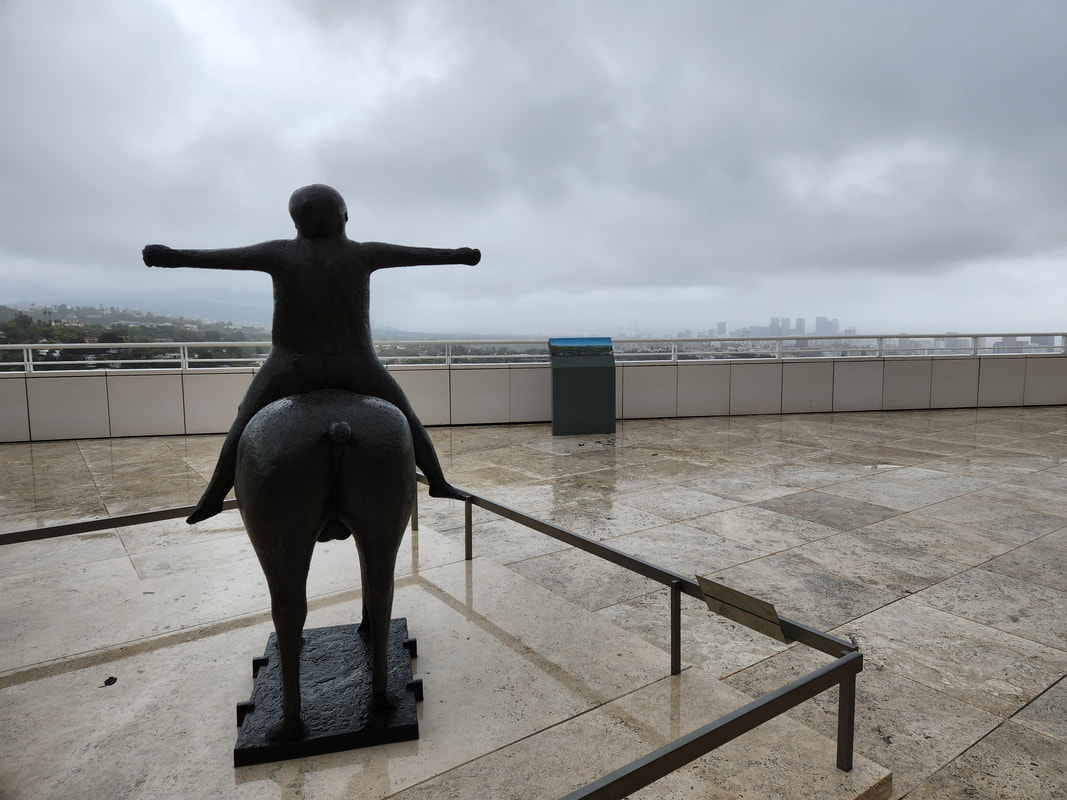
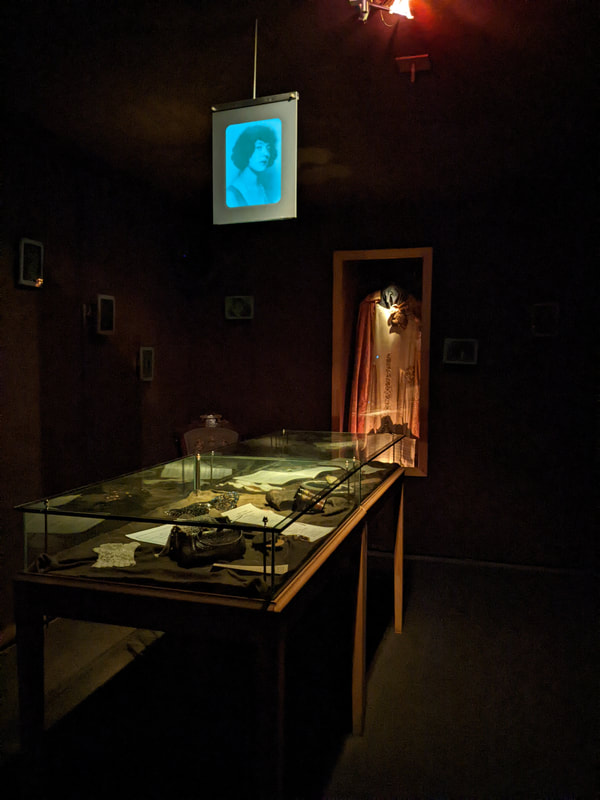

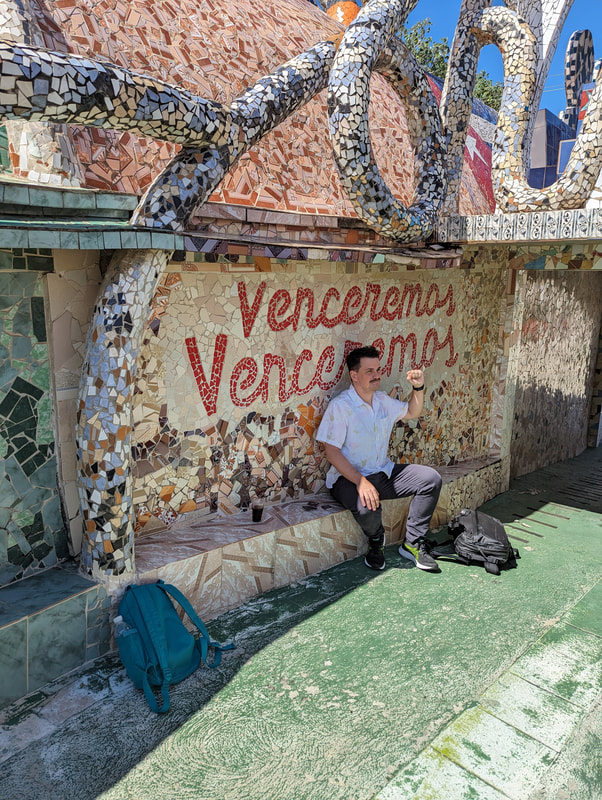
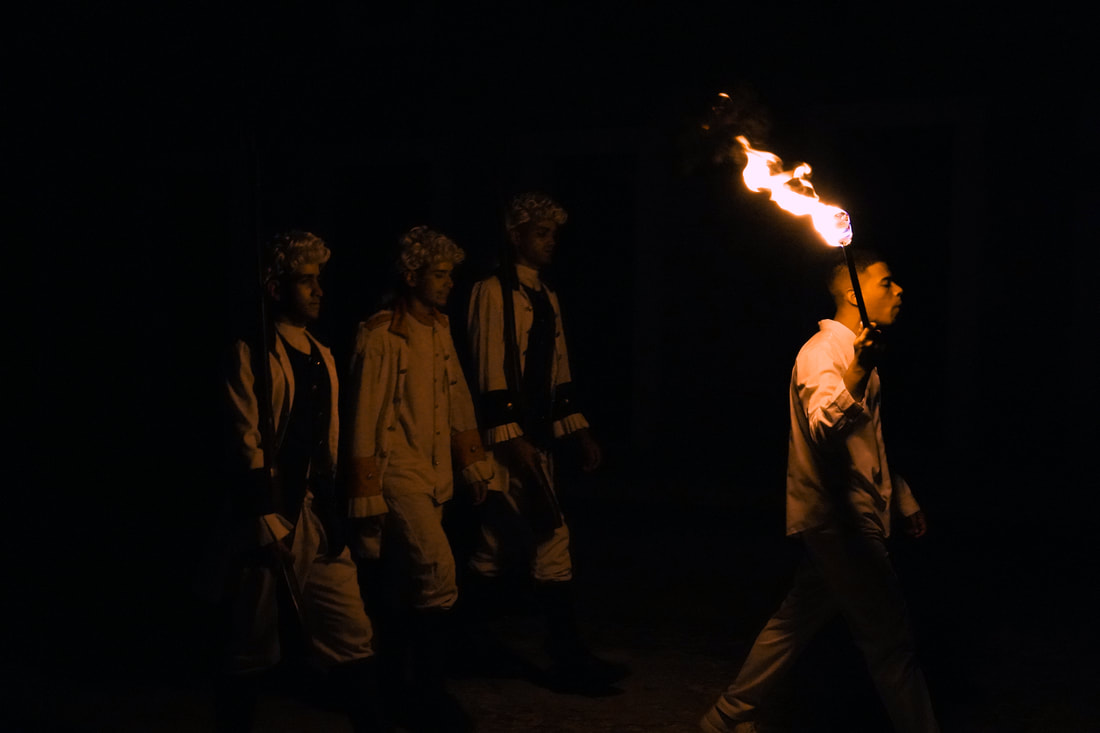


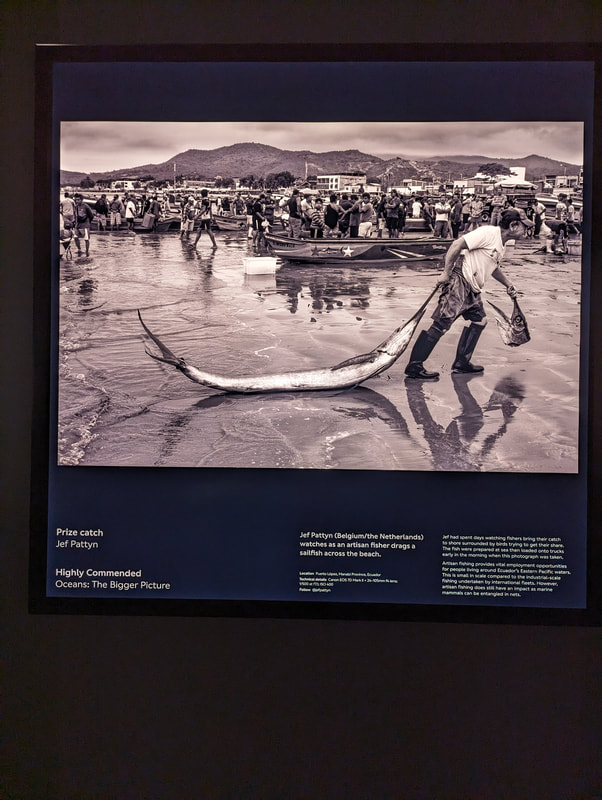
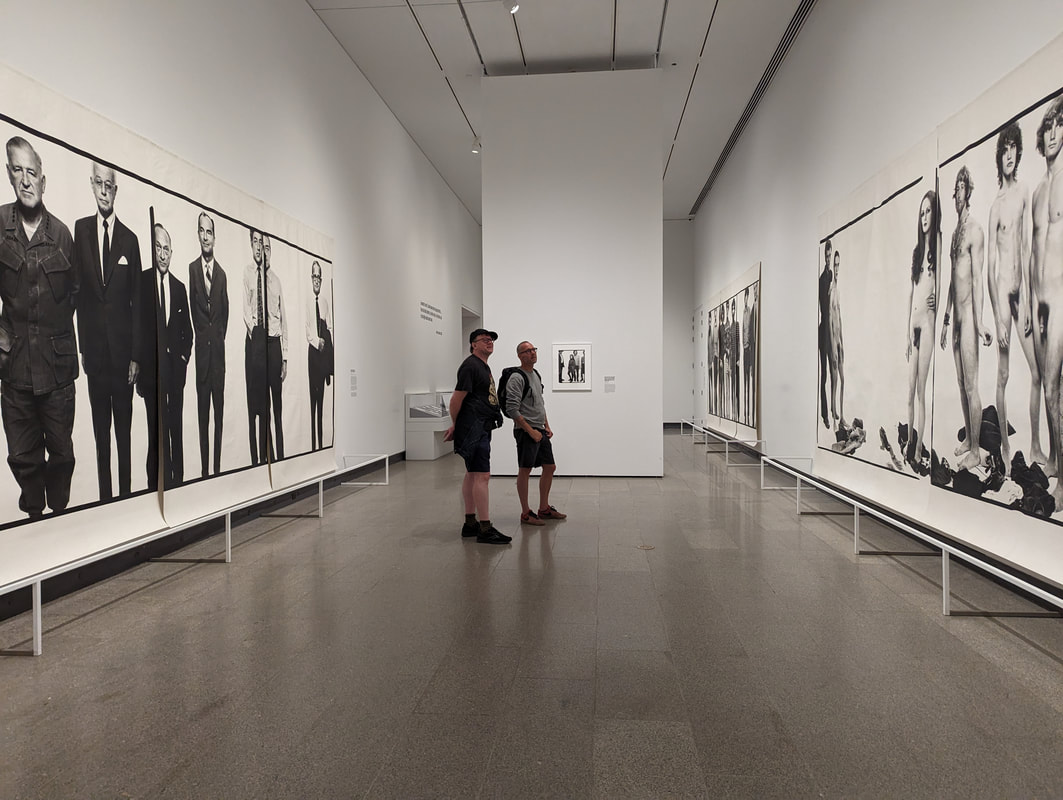
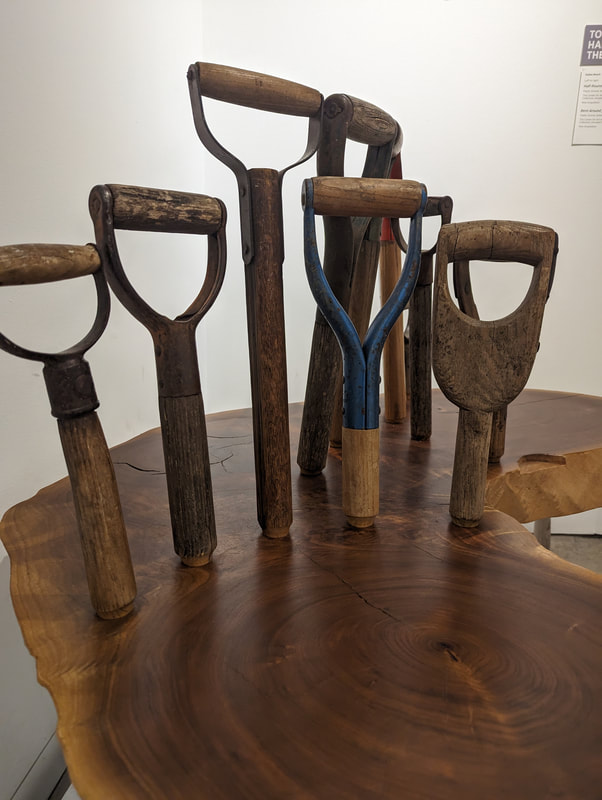
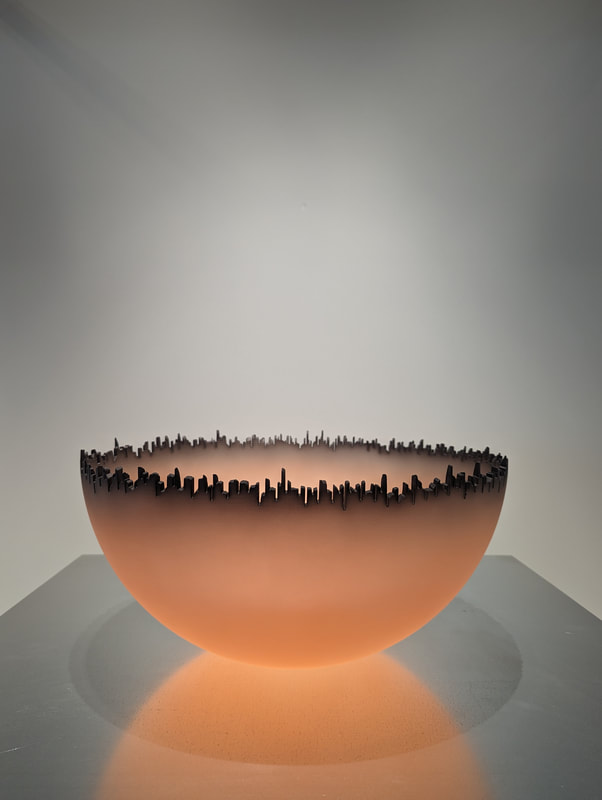
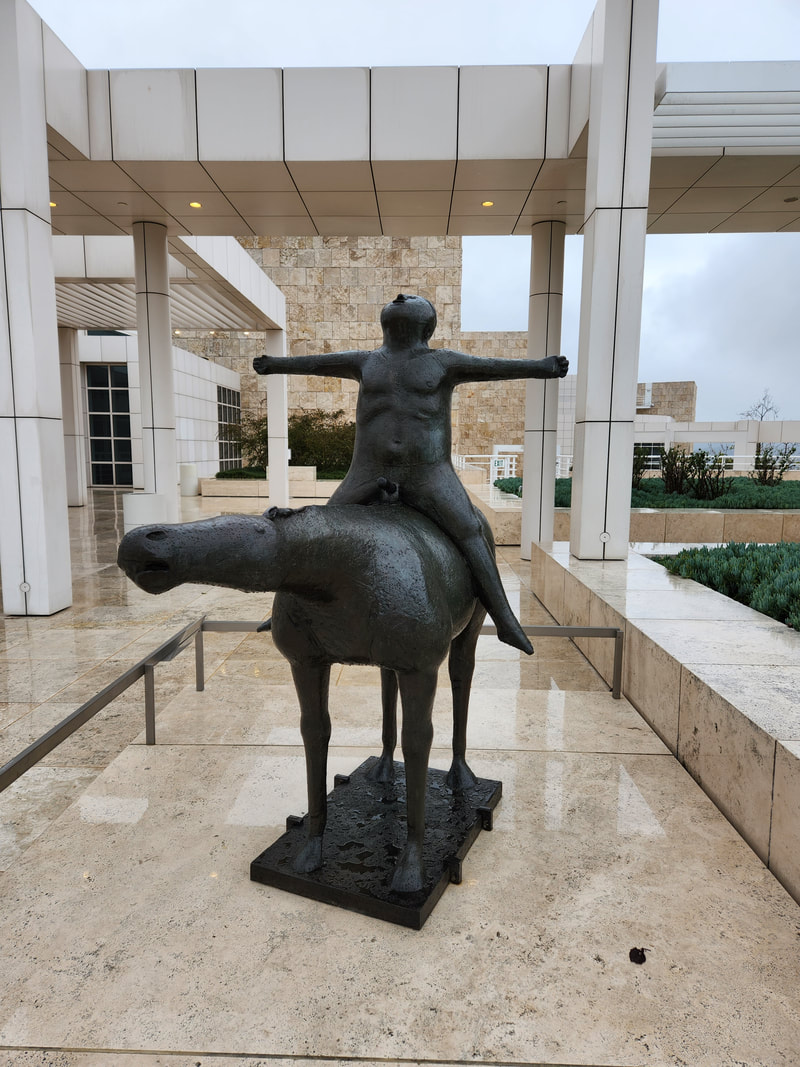

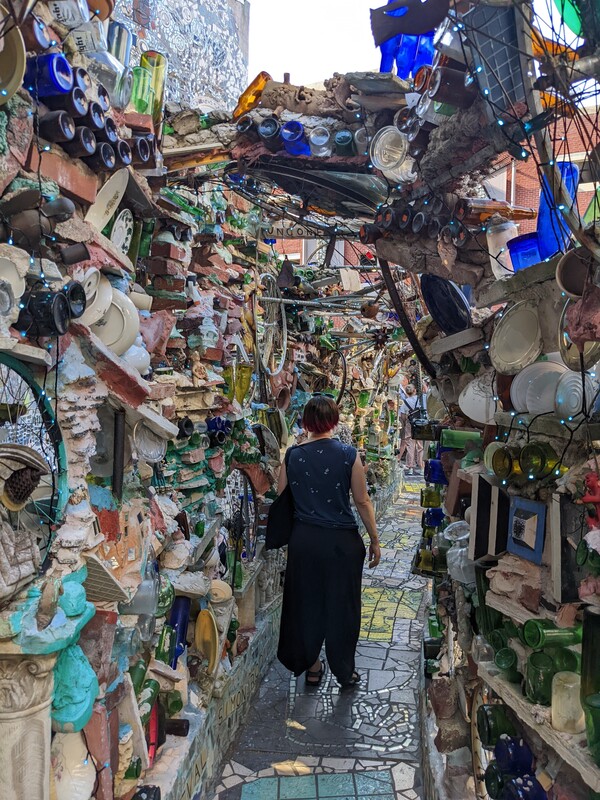
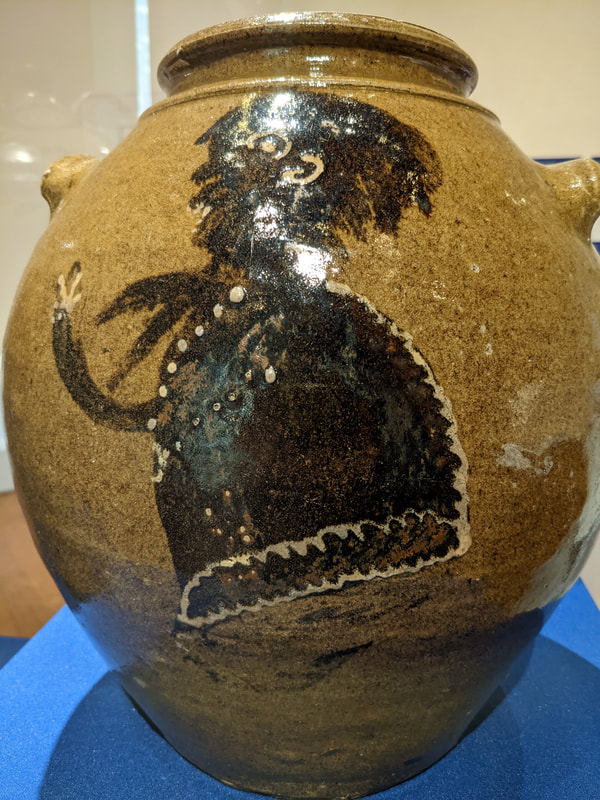
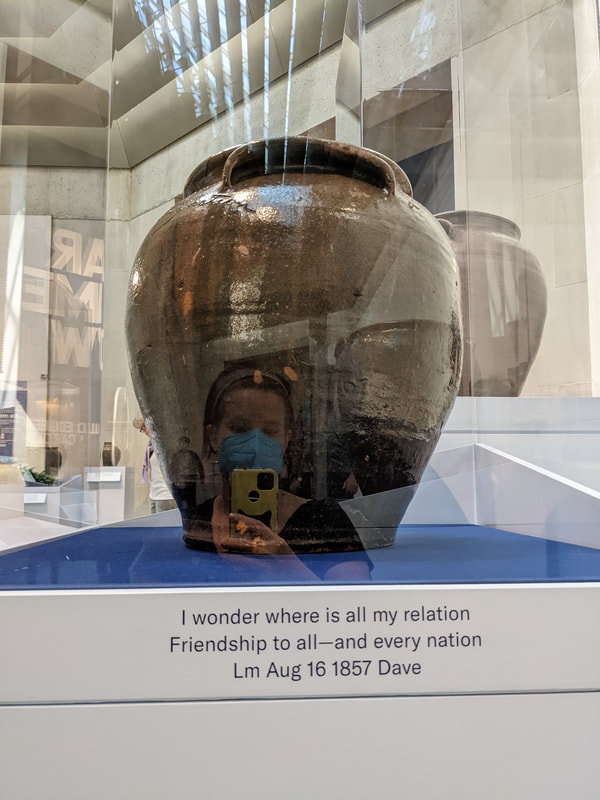
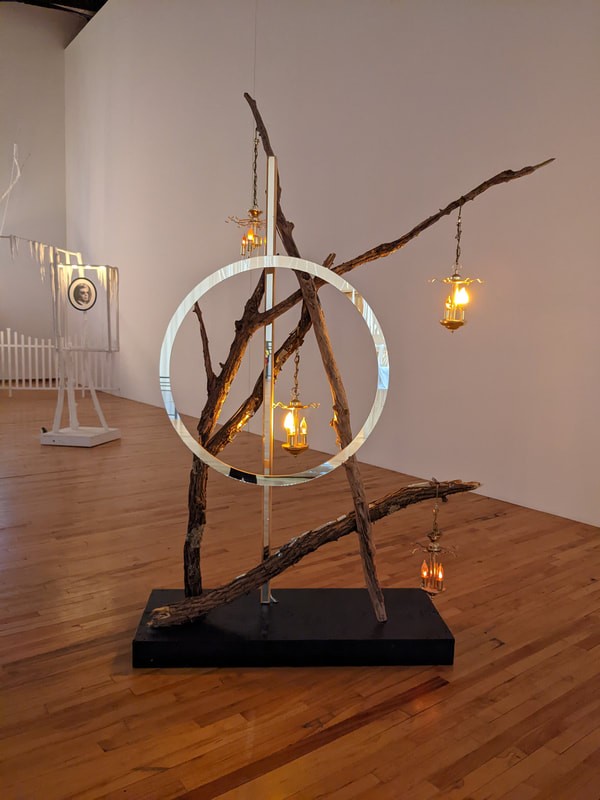
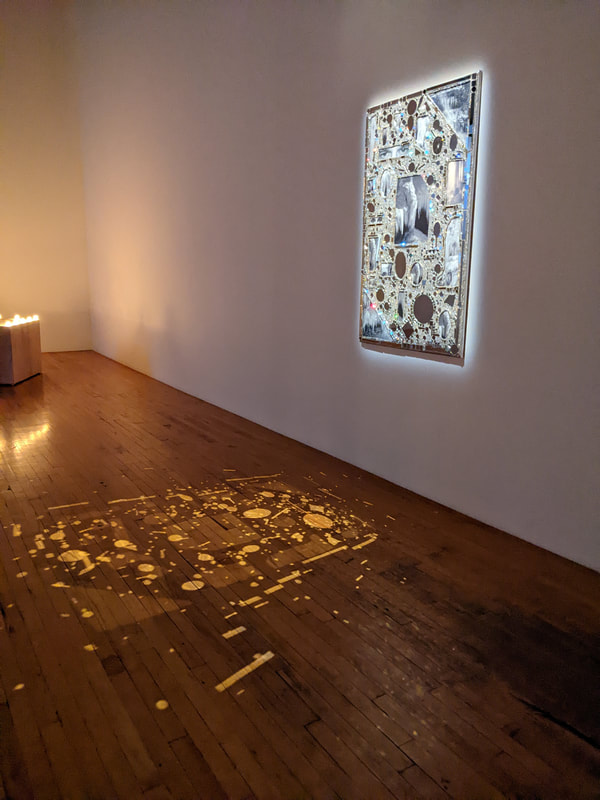
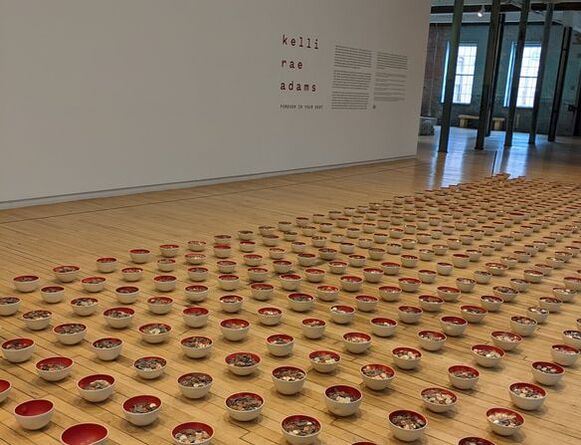
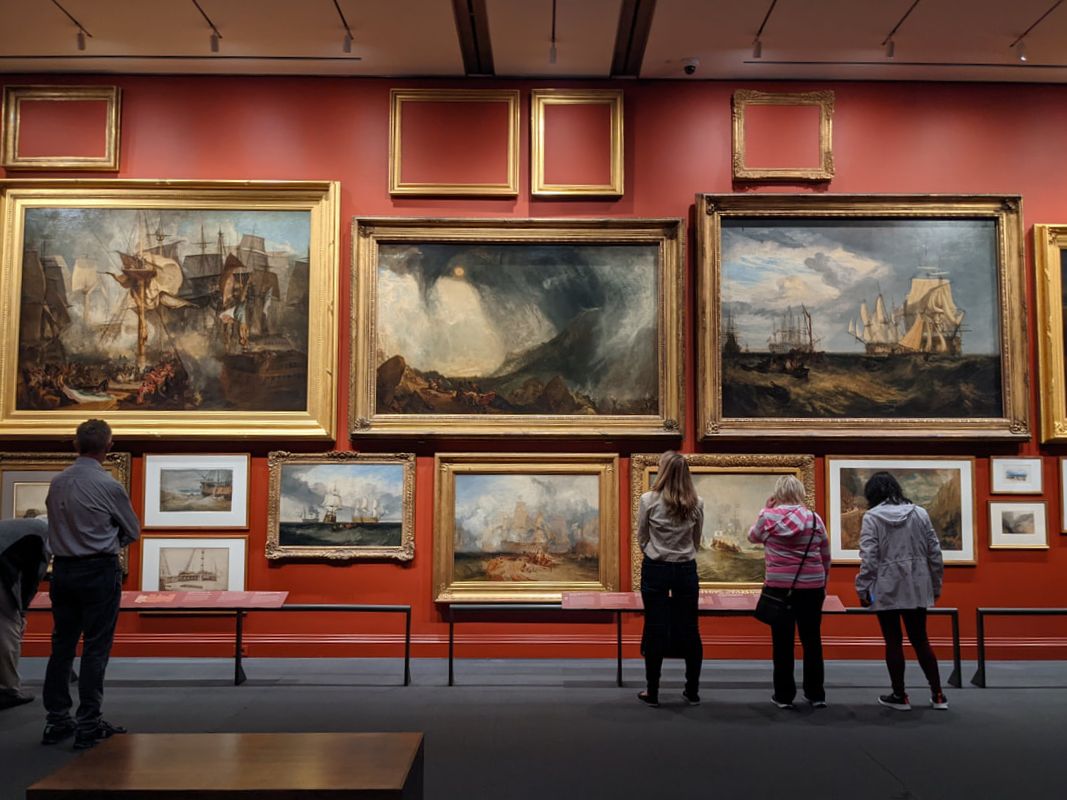
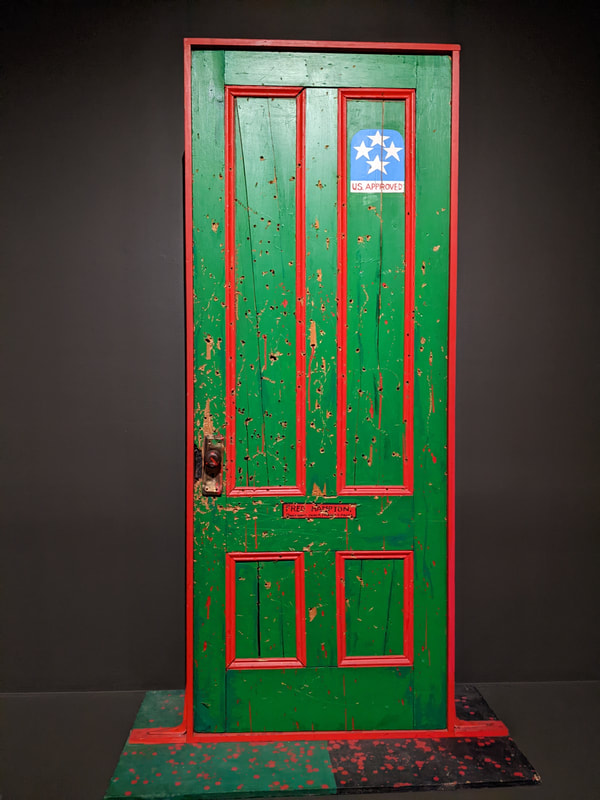
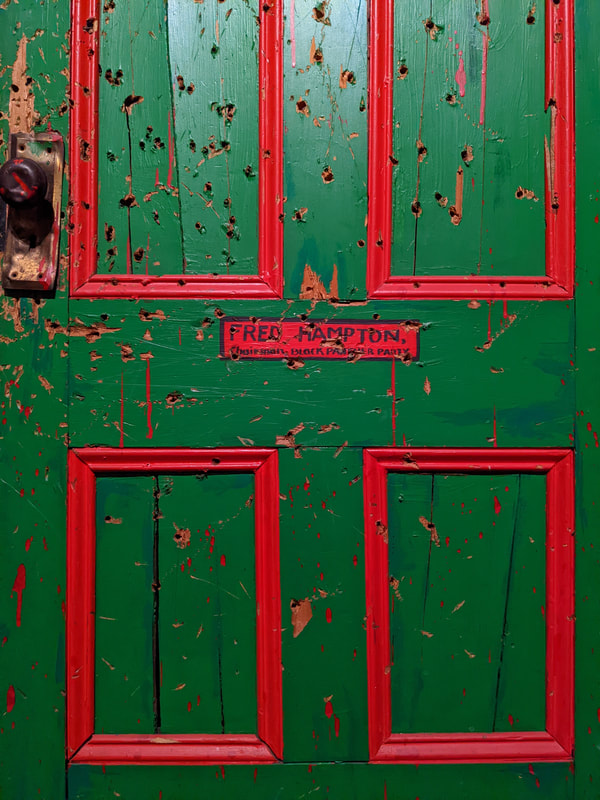
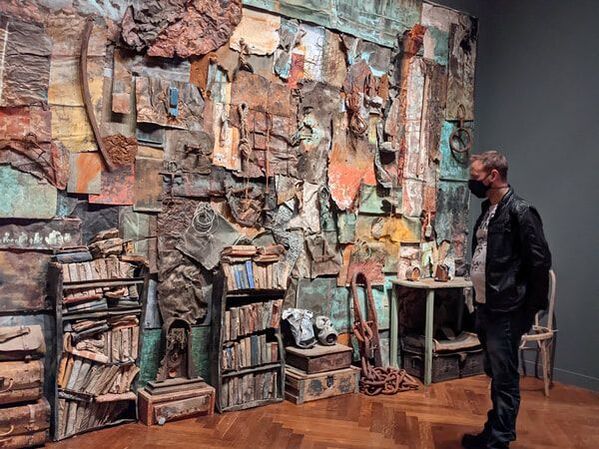
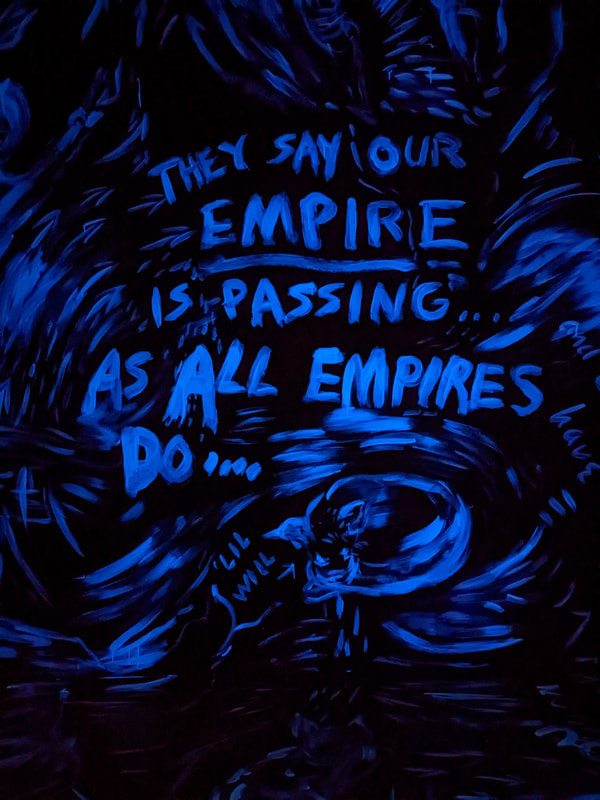

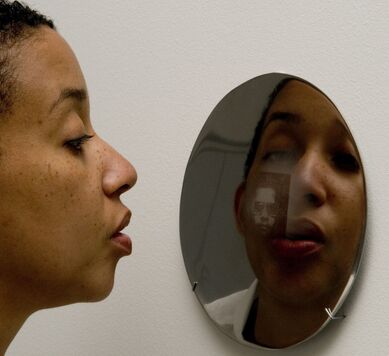
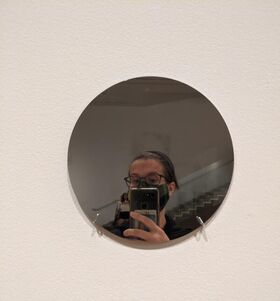
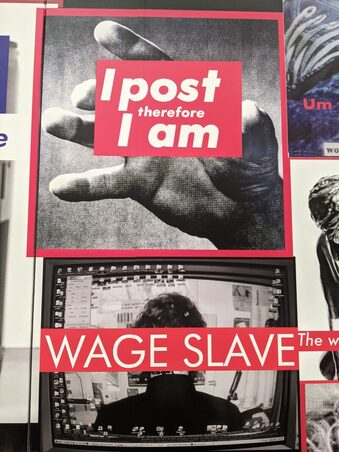
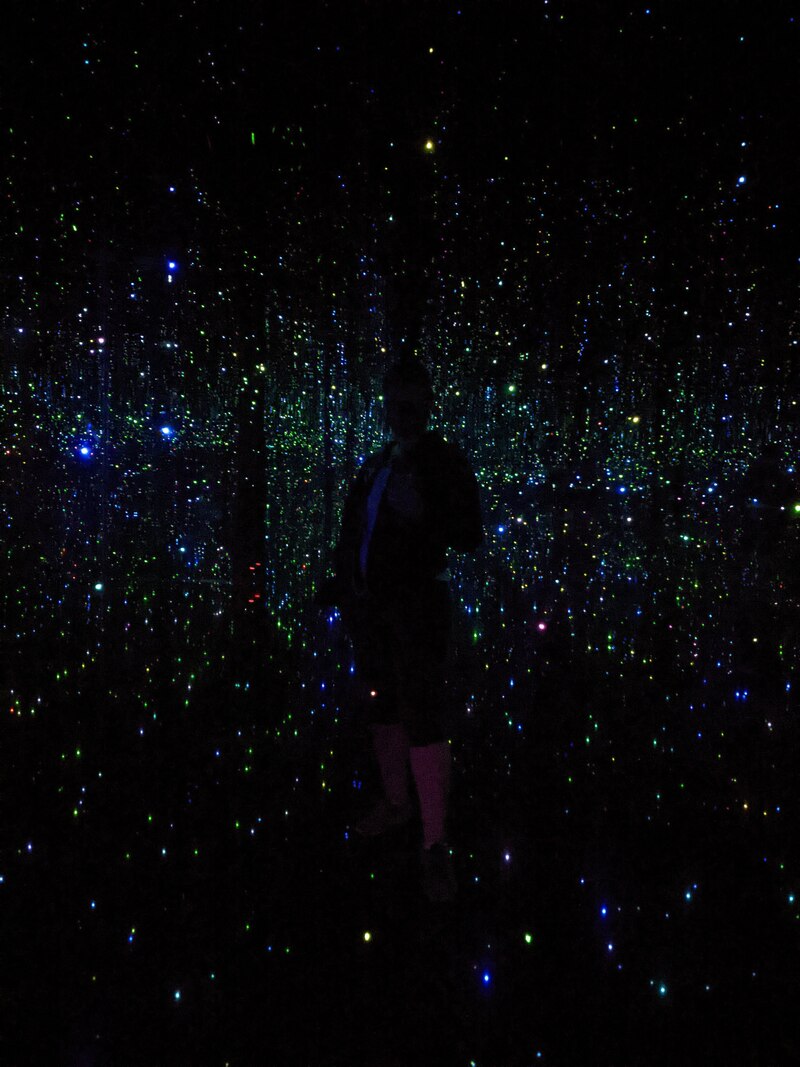
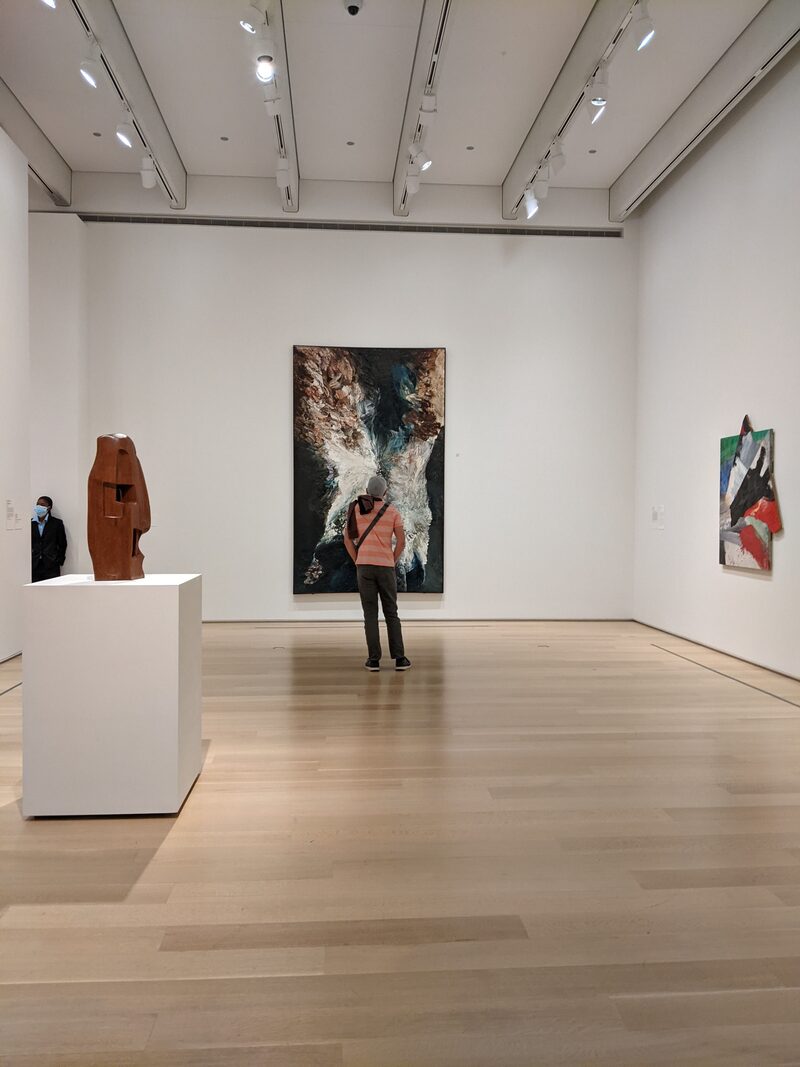
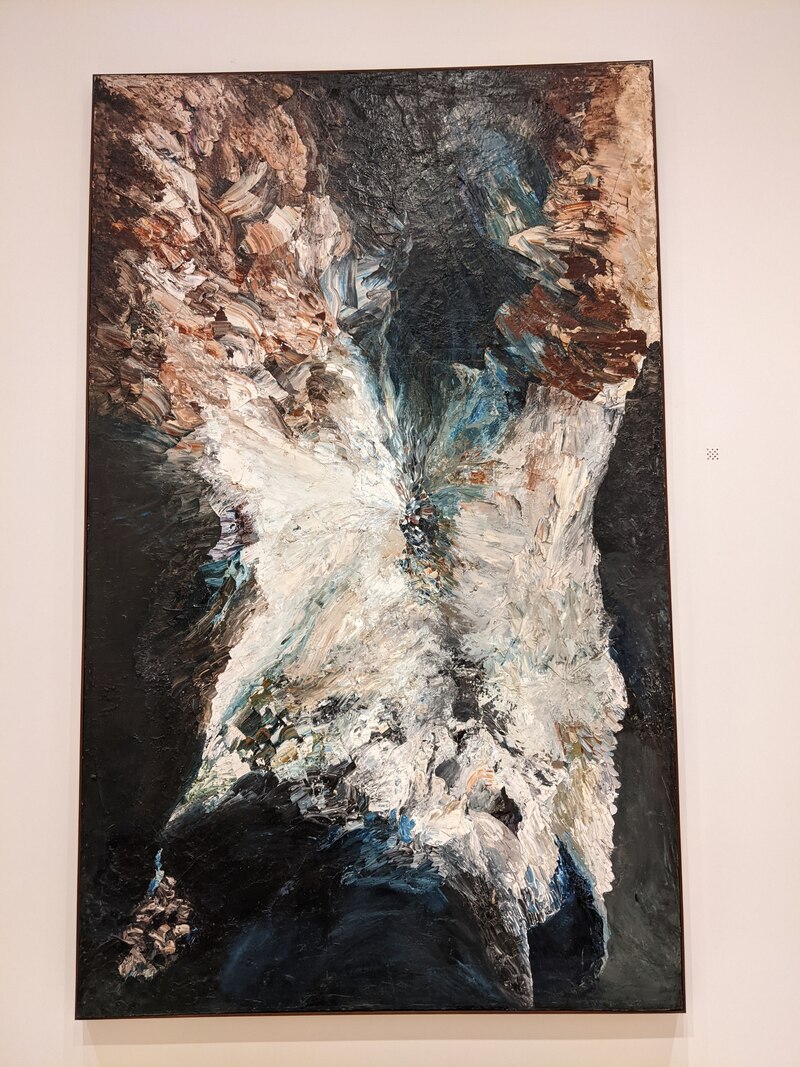

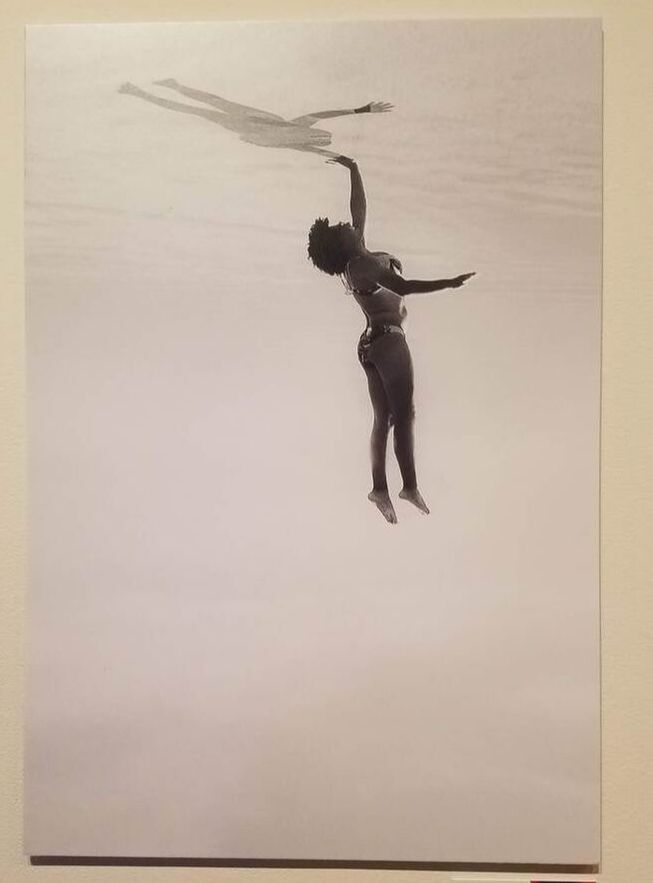
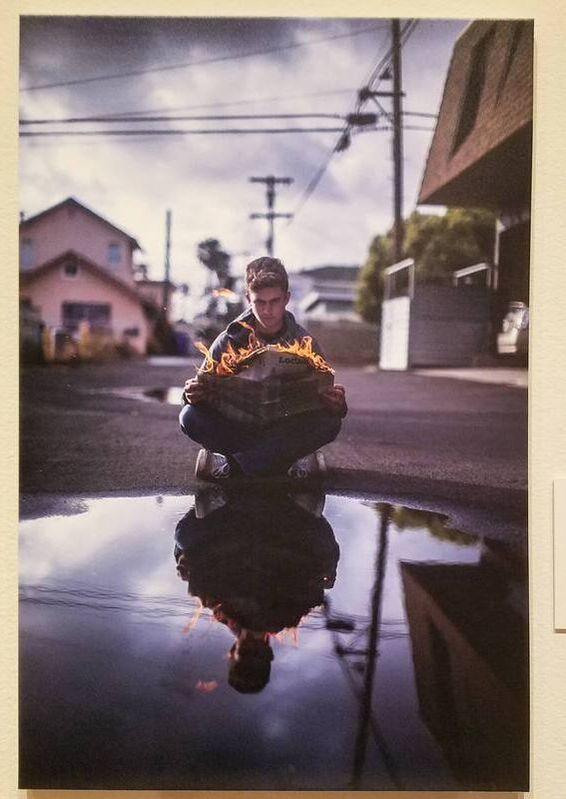
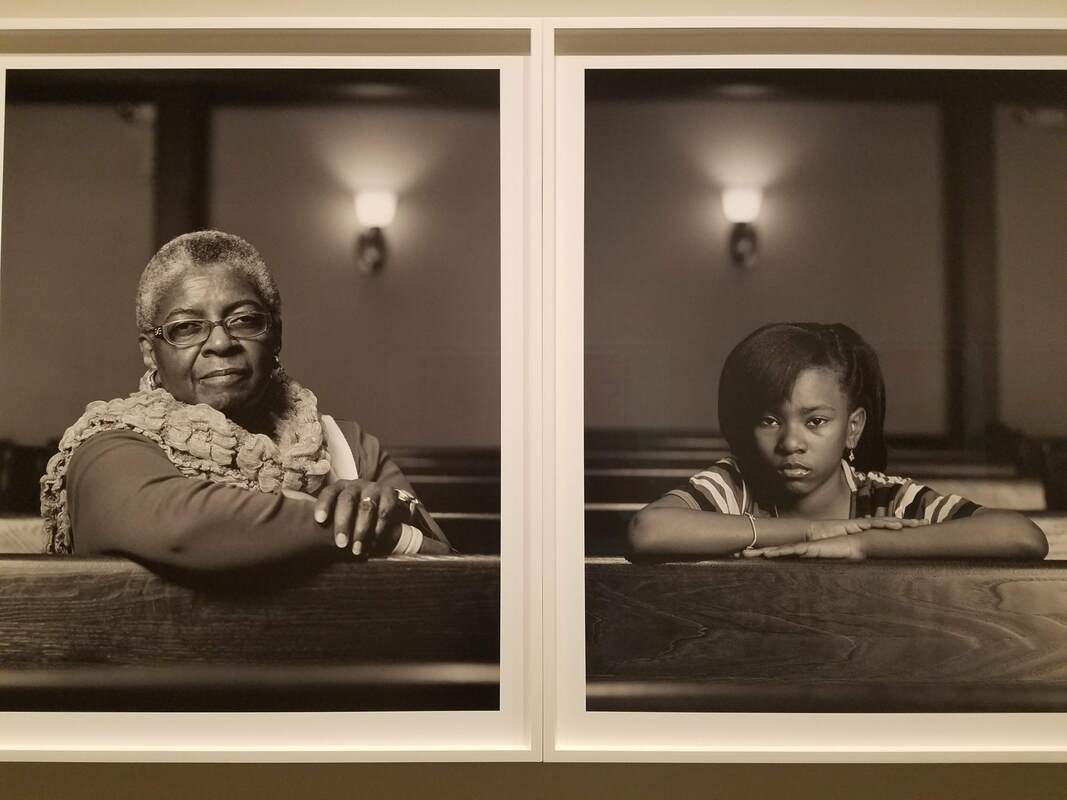

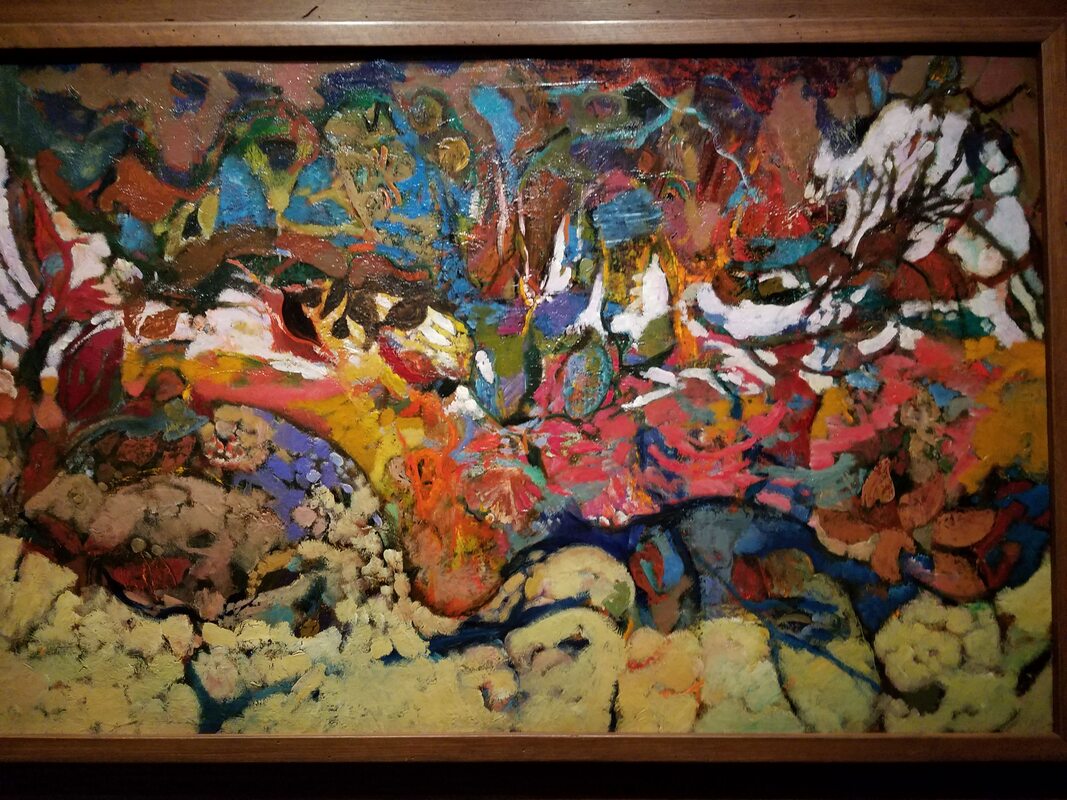
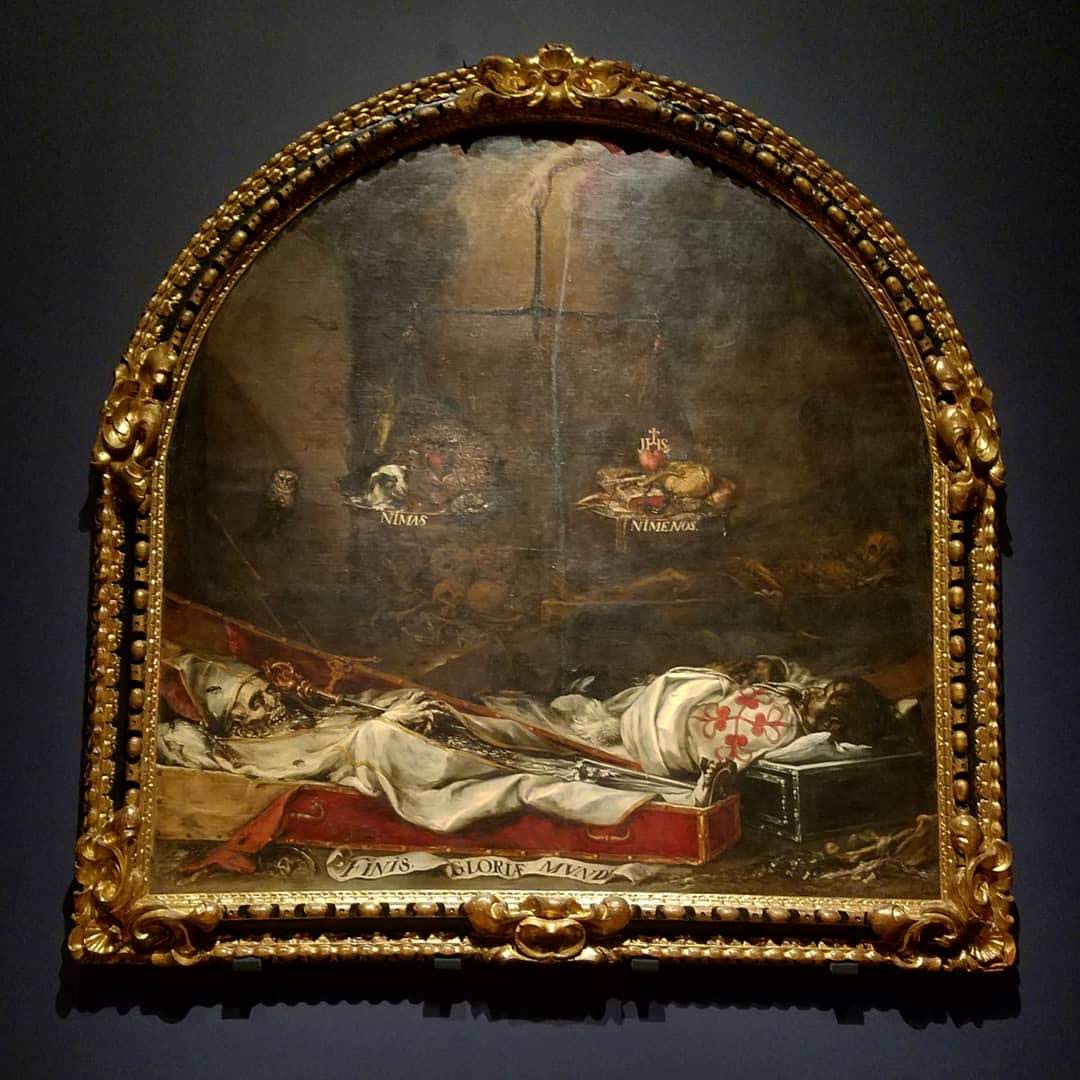
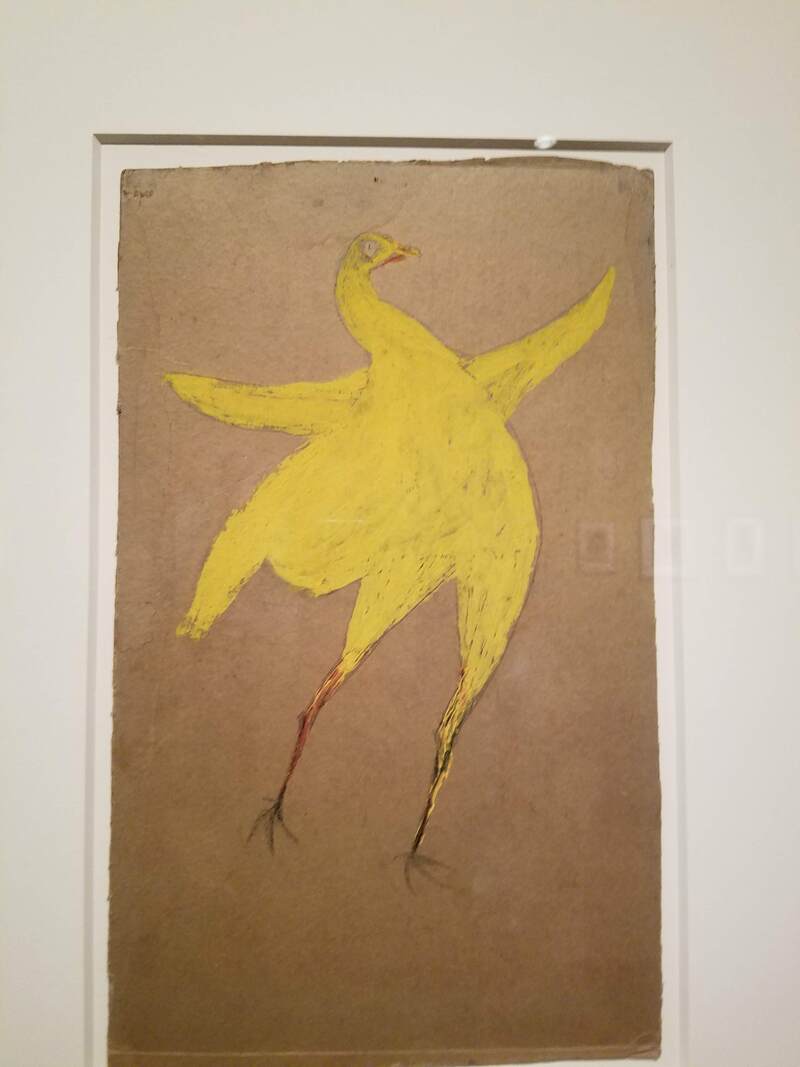
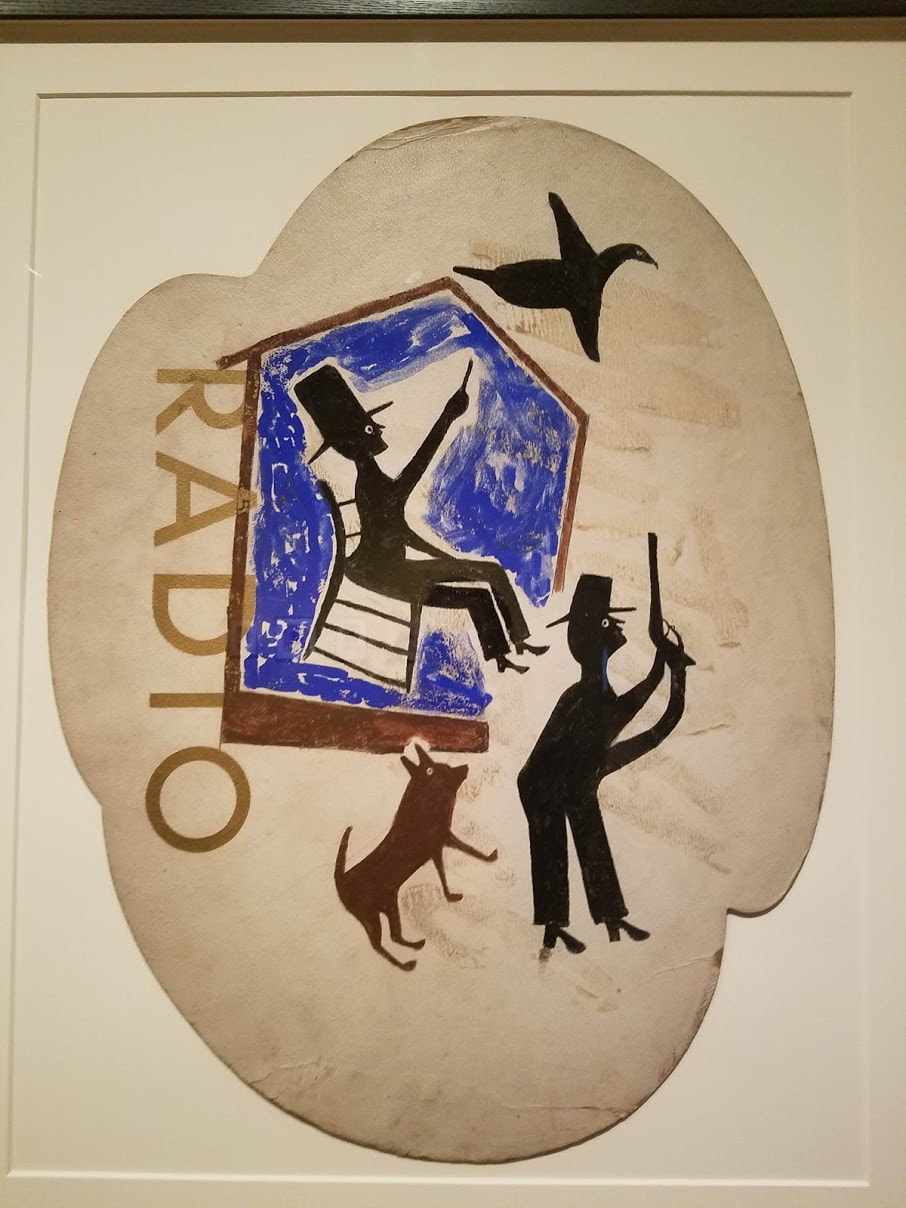

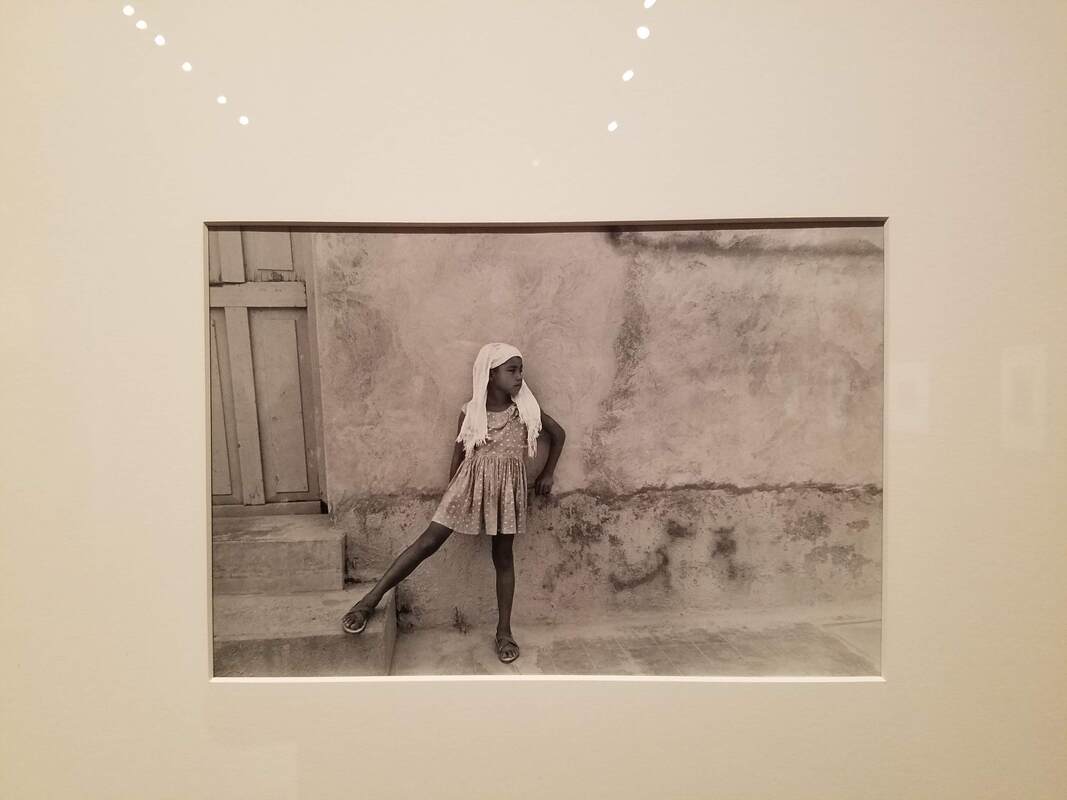
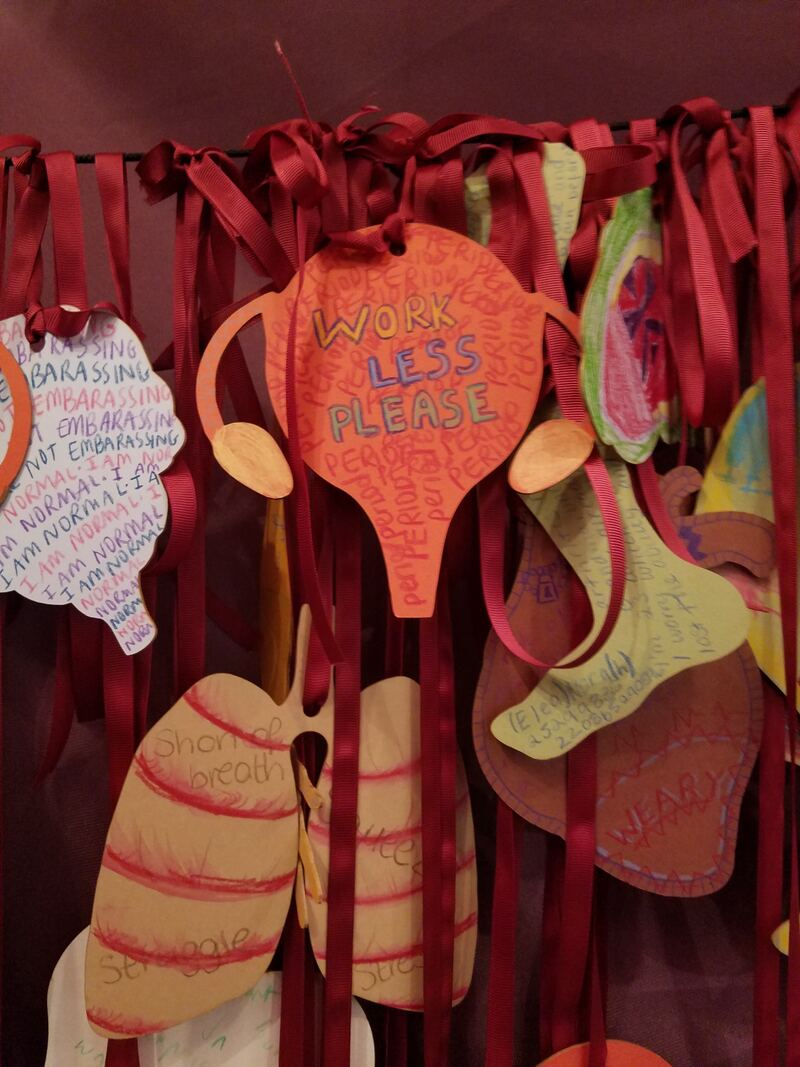
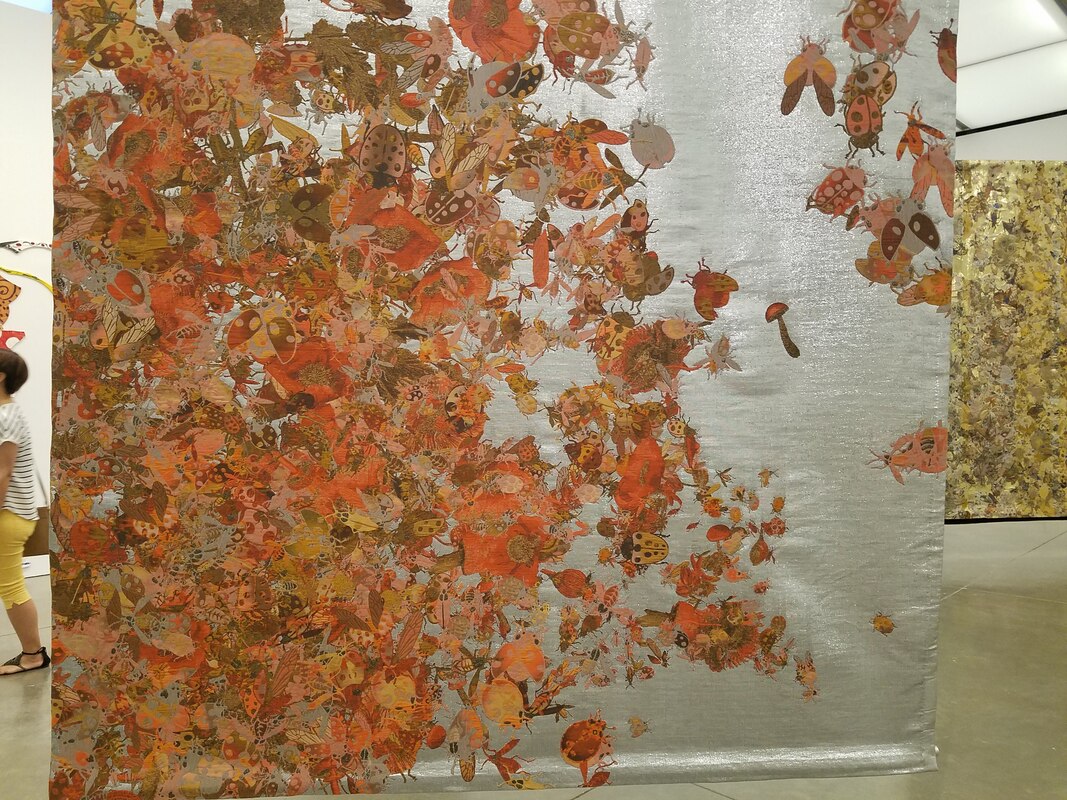
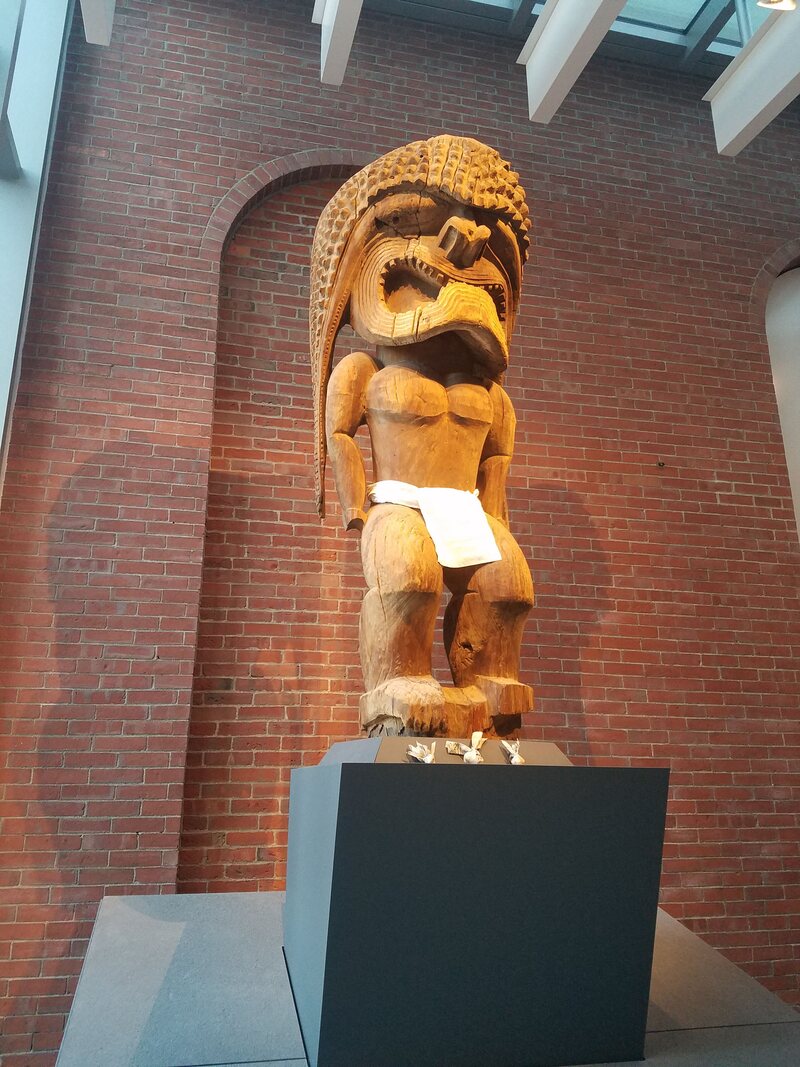

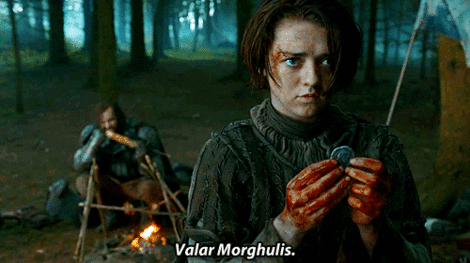
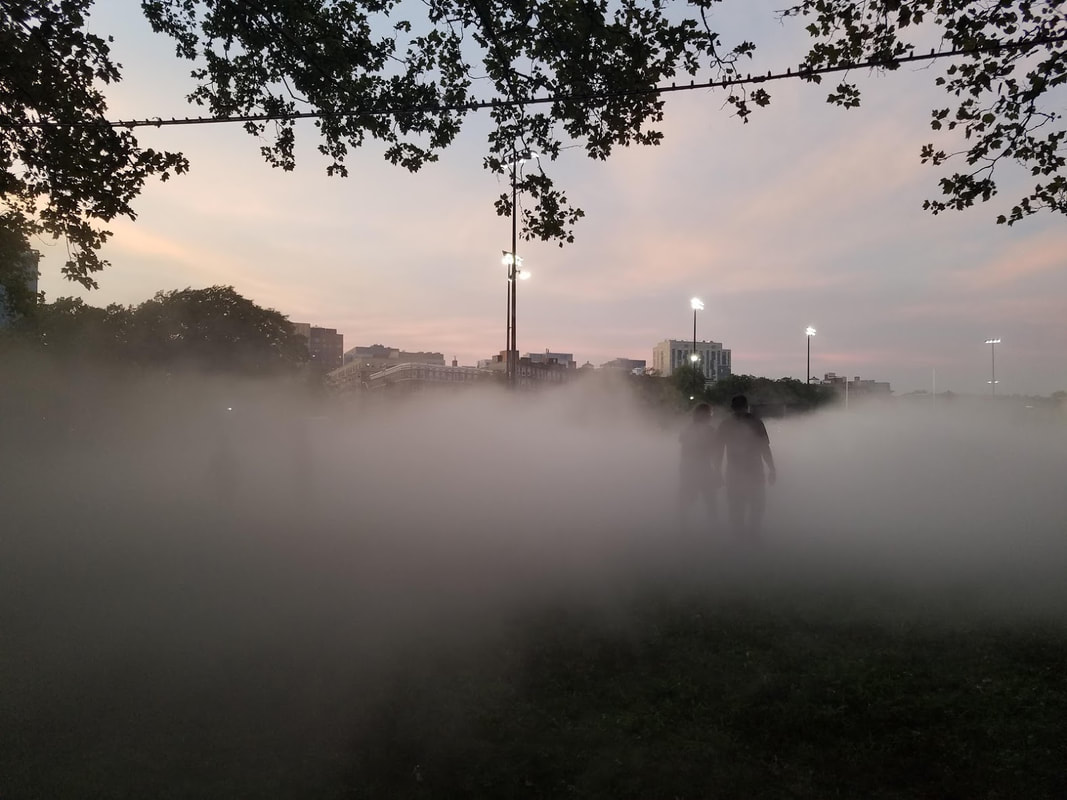
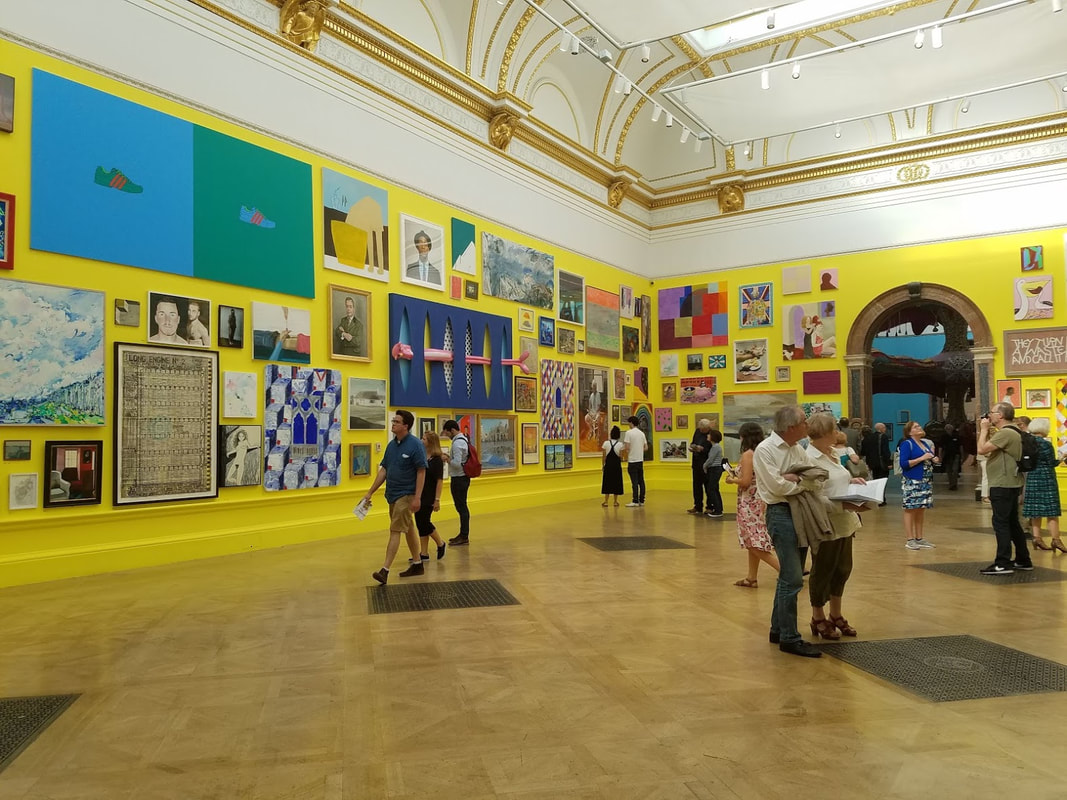
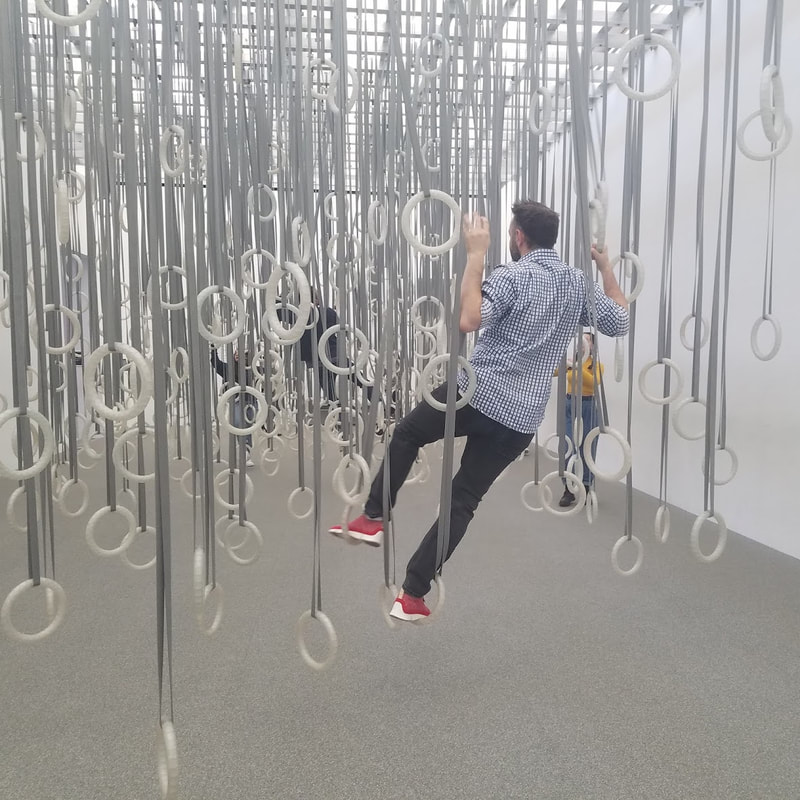

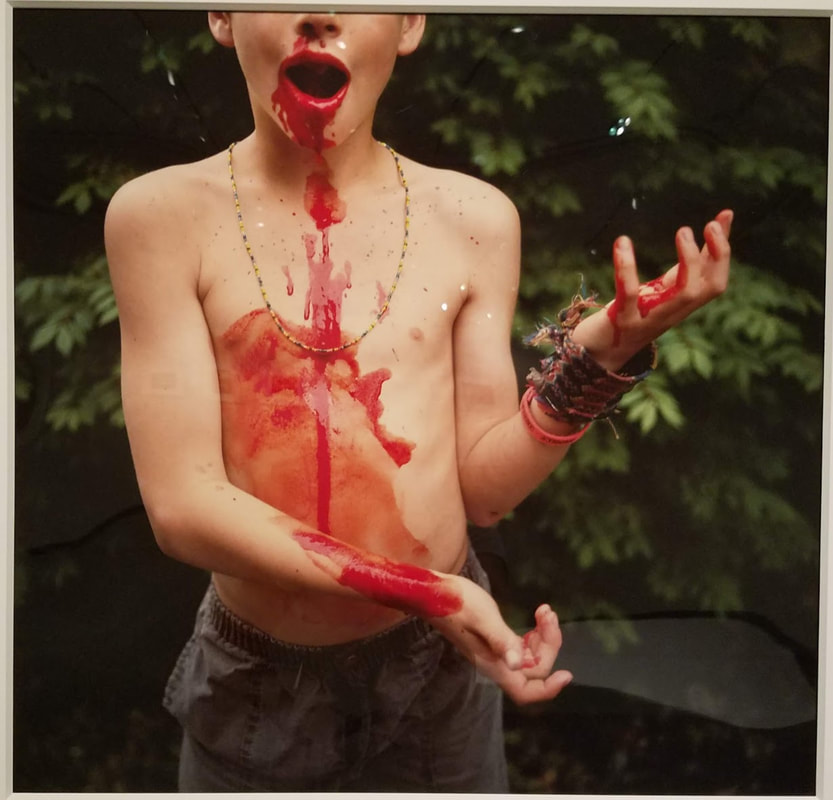
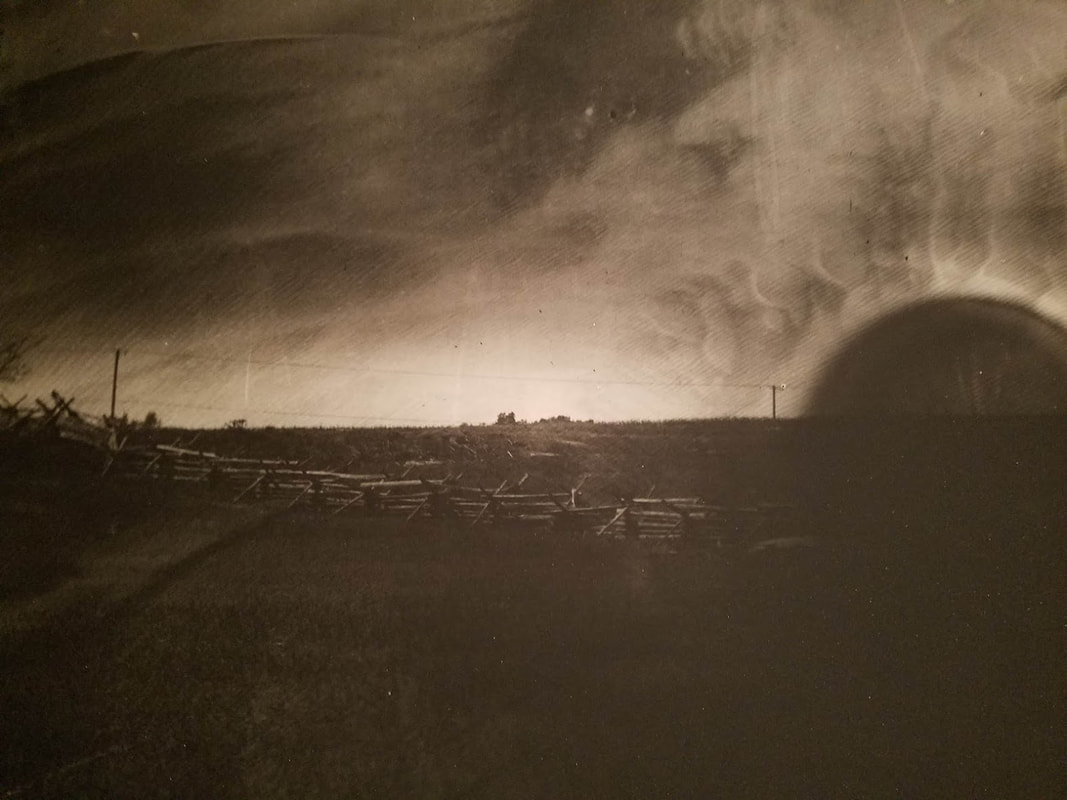

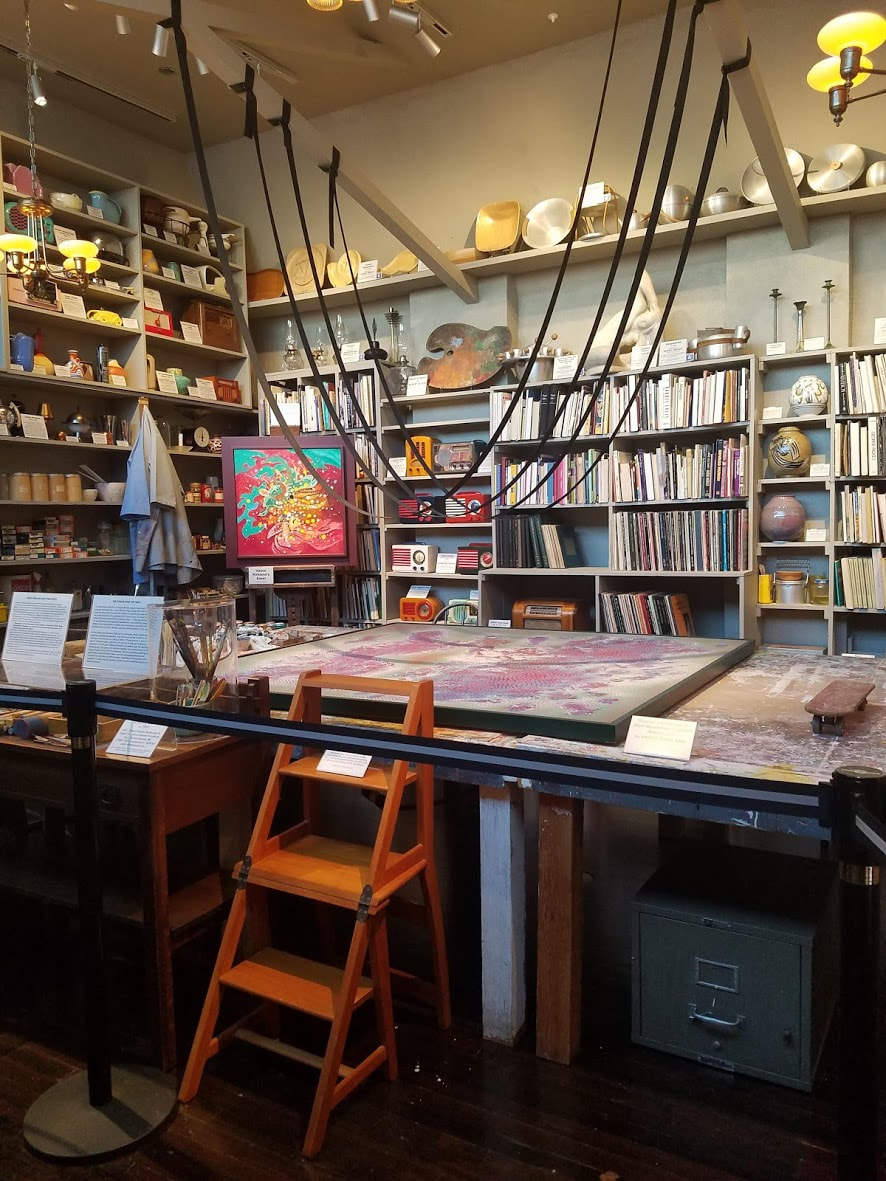
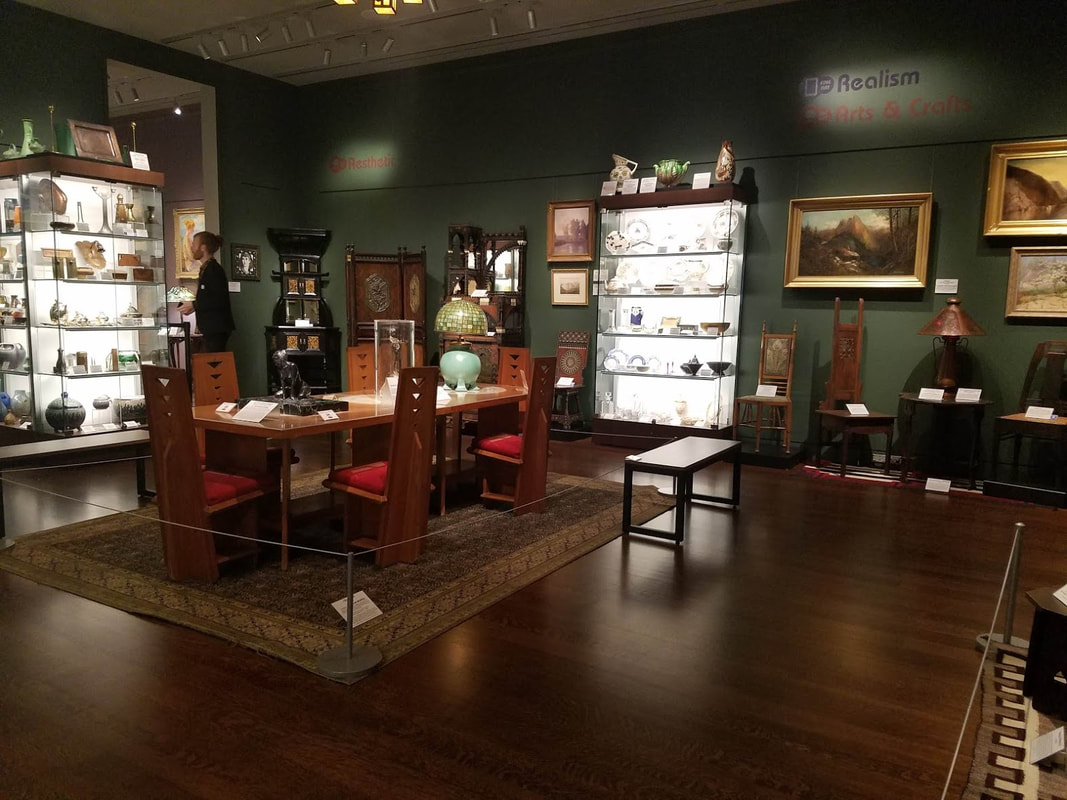

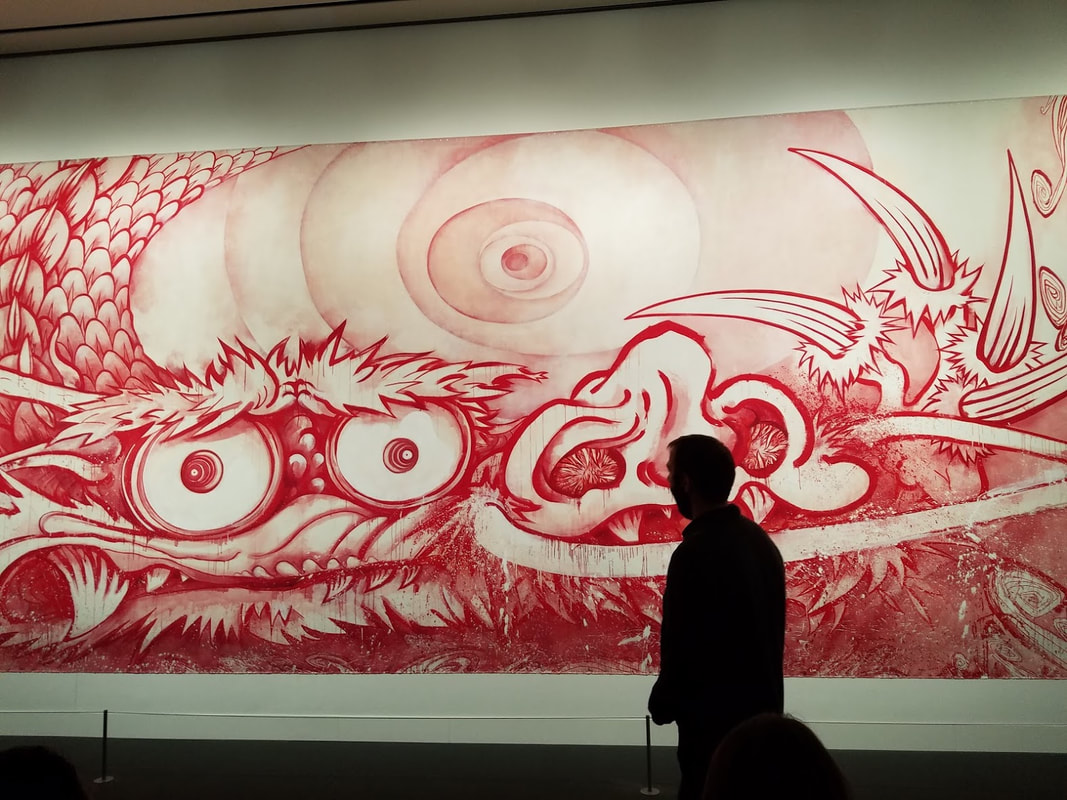
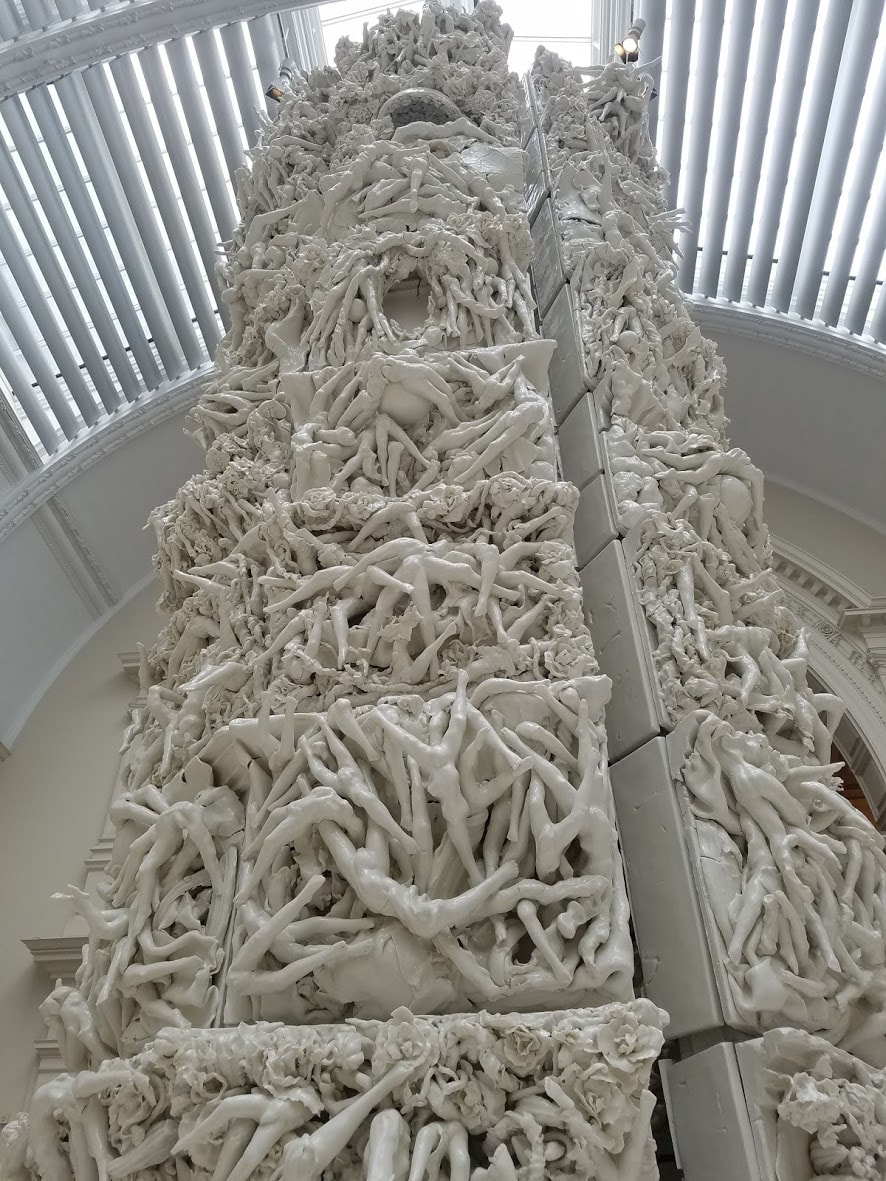
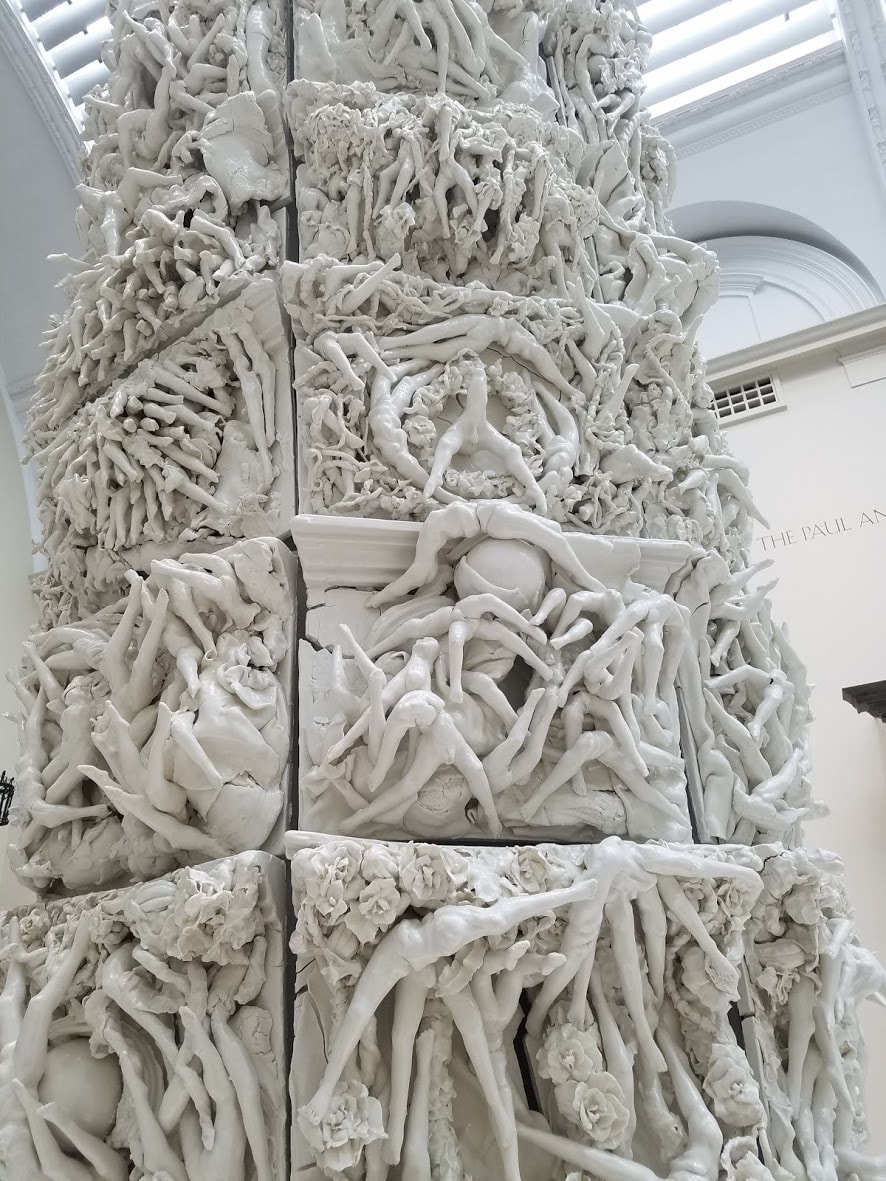
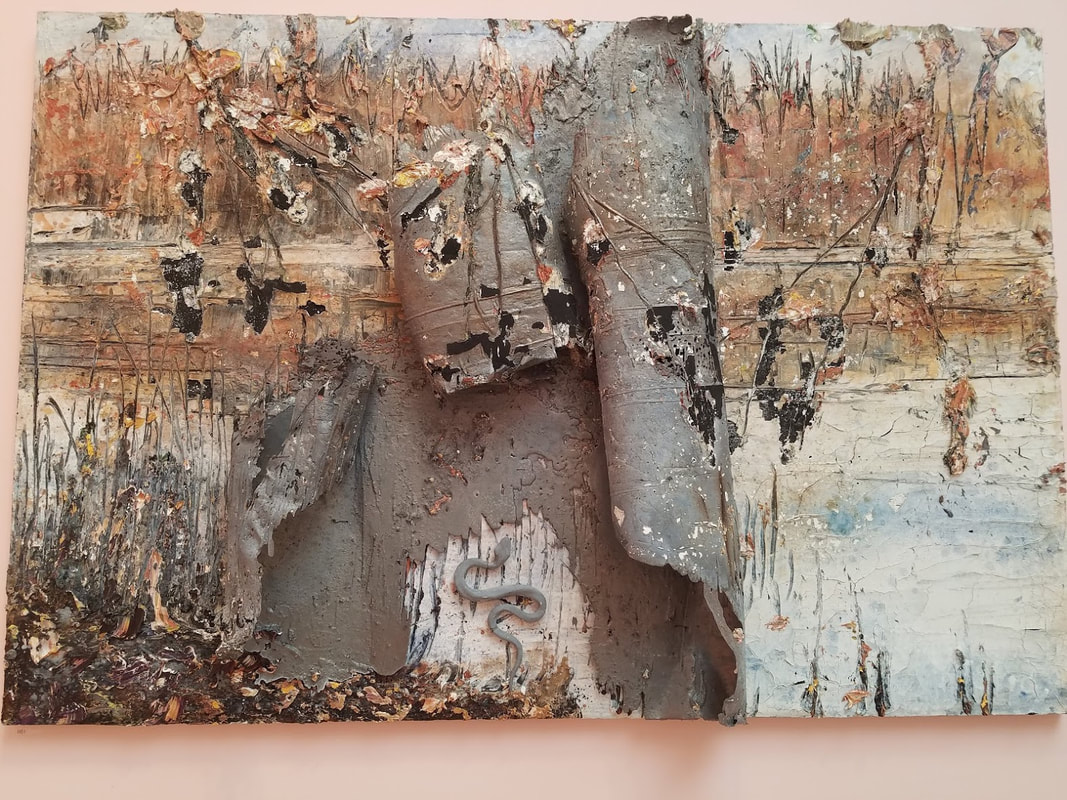
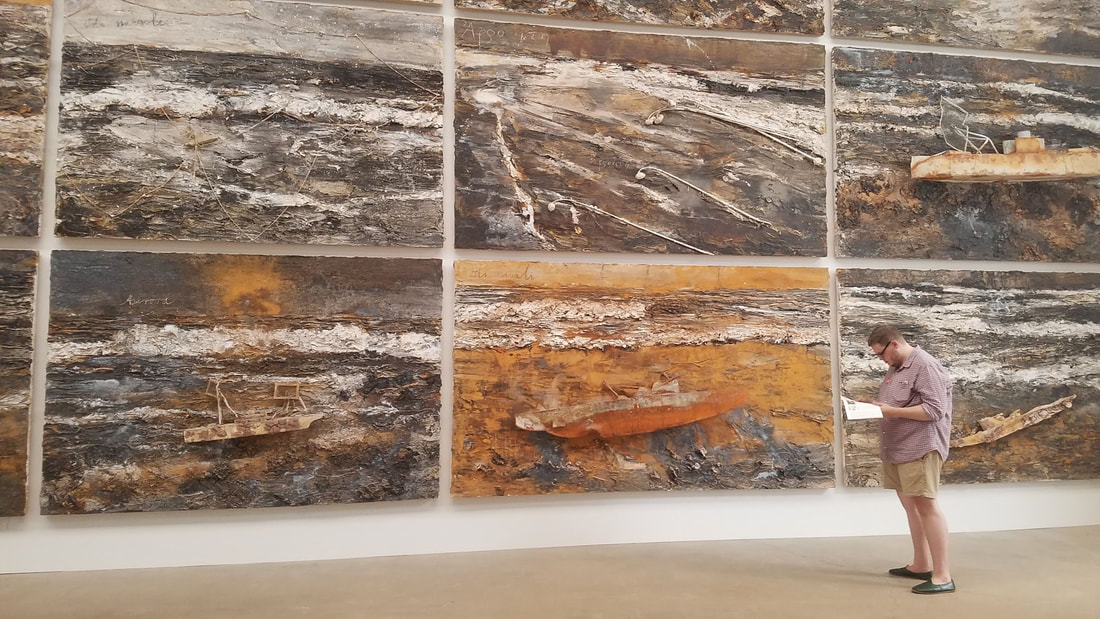

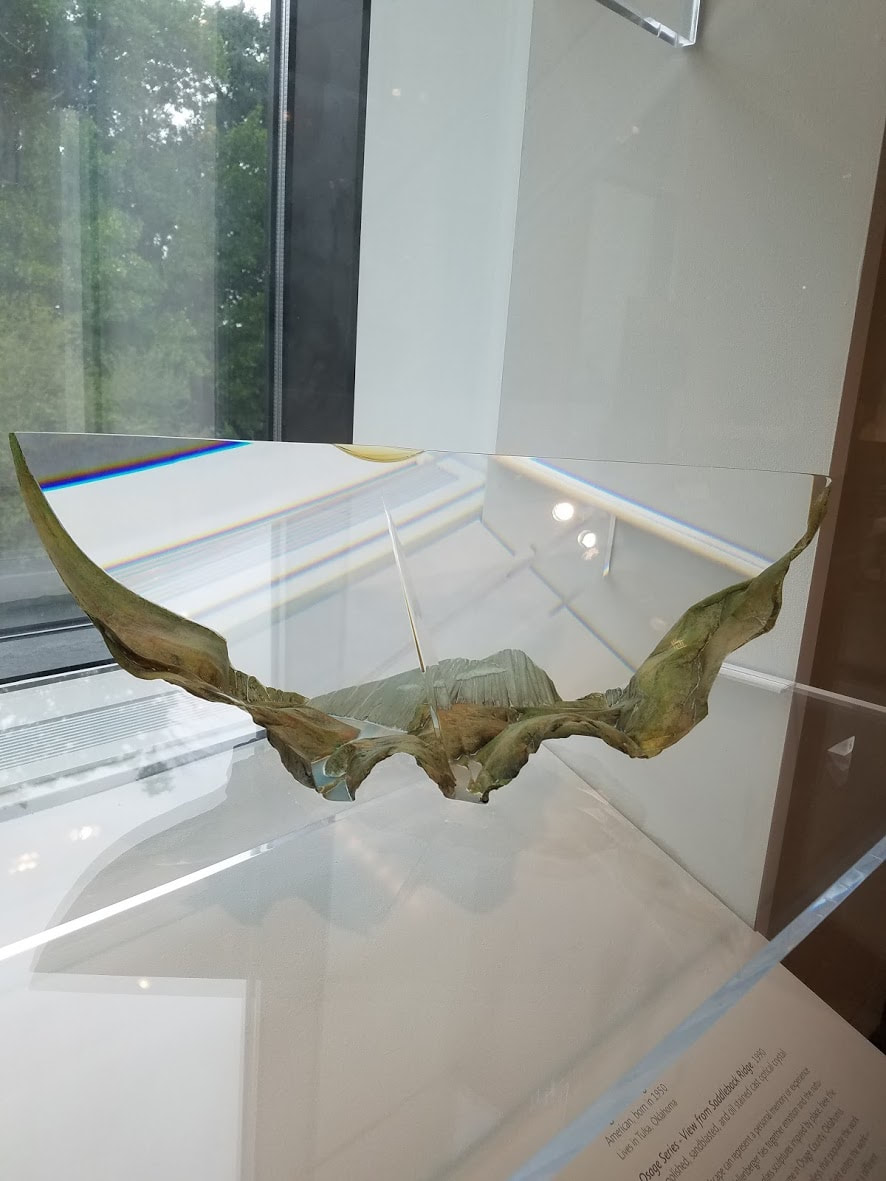
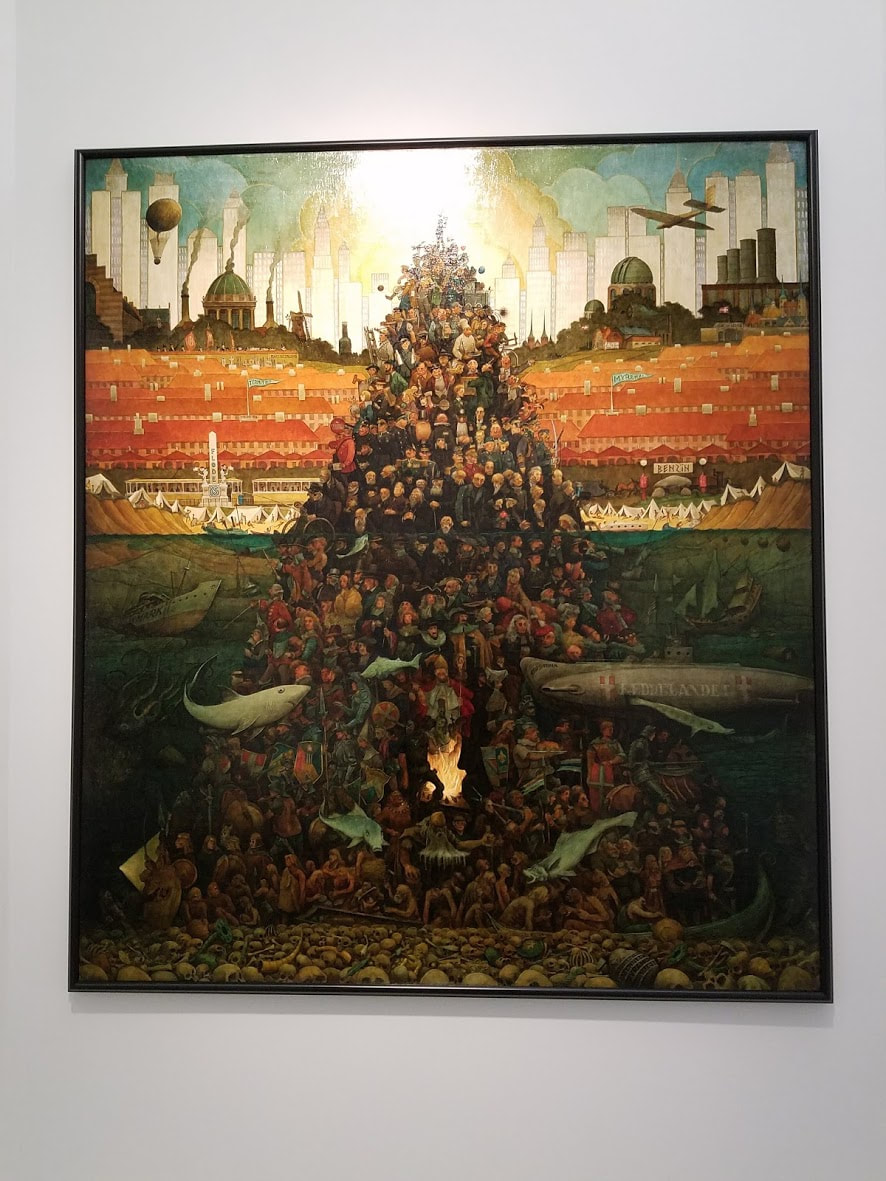
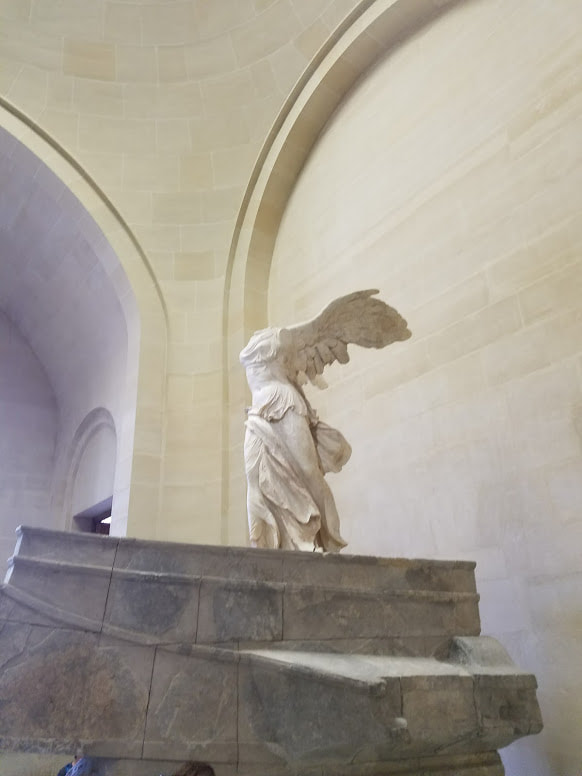
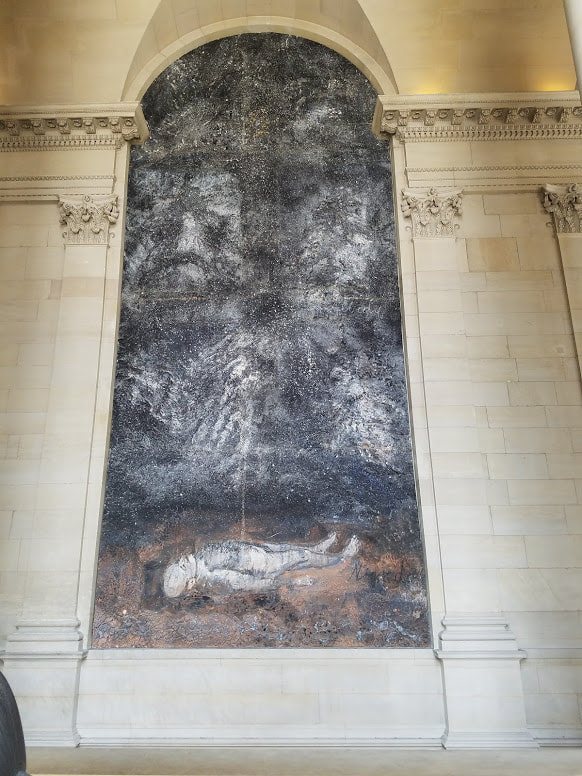
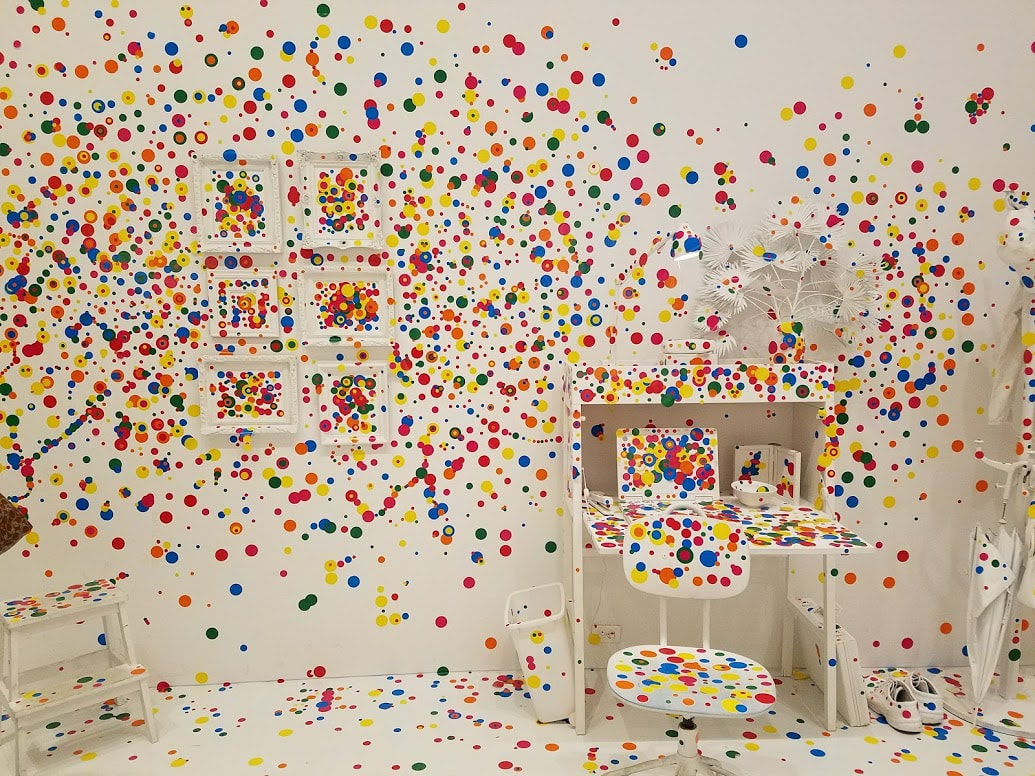

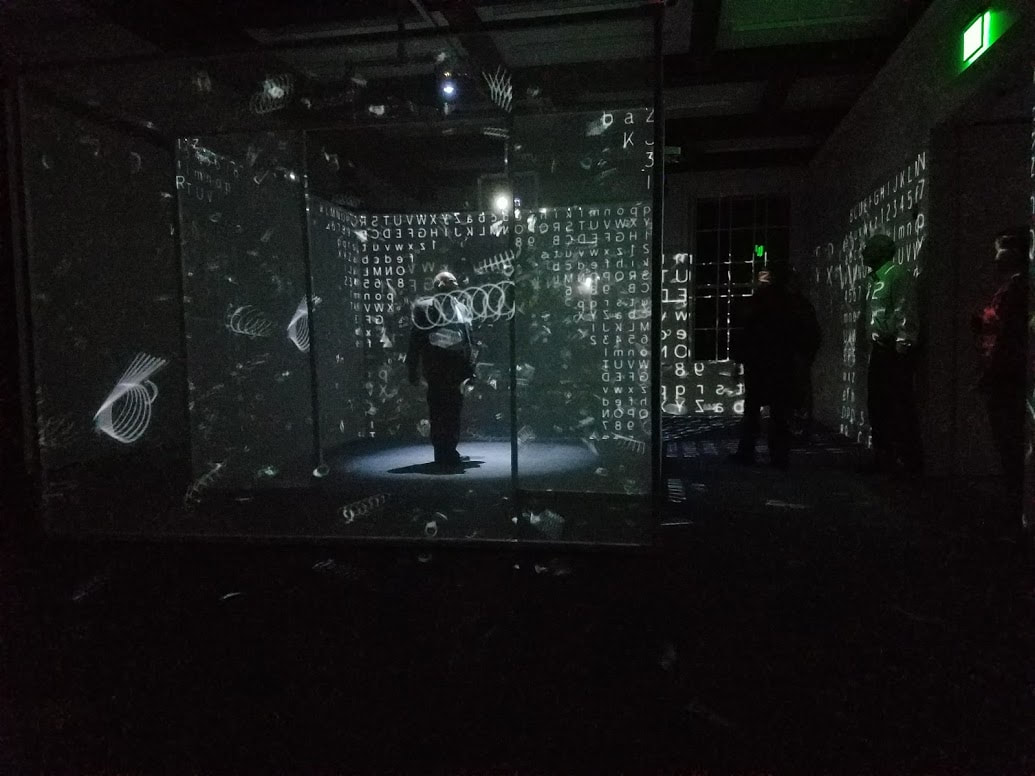
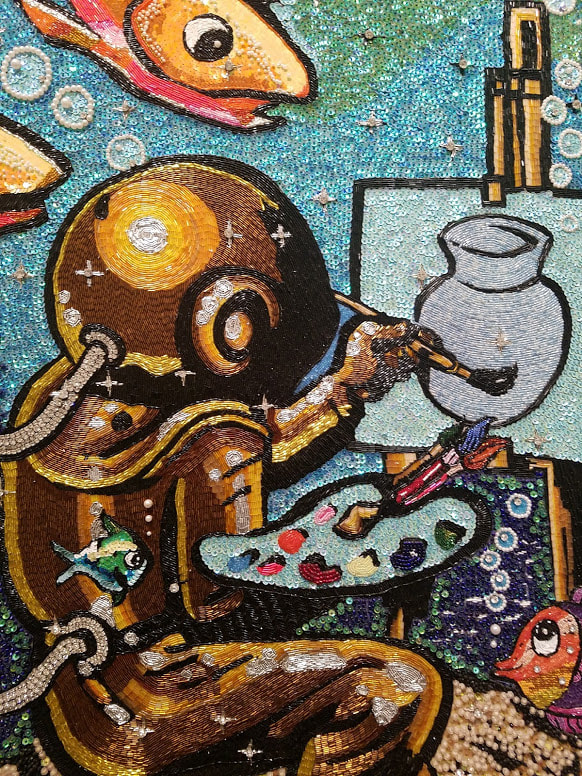
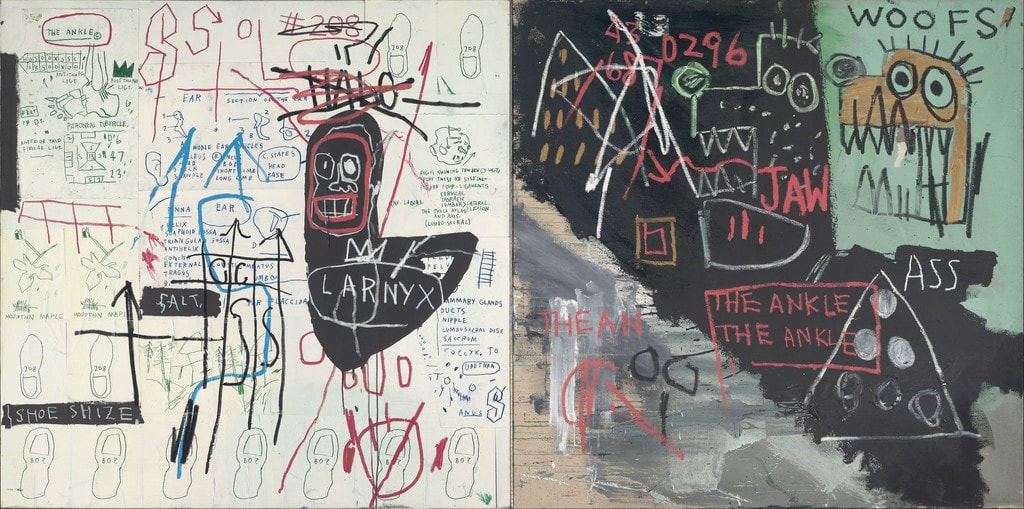

 RSS Feed
RSS Feed